To my other TR6 pages
June 3, 2017
Air Box
[Click the pics for a larger view]
When I installed the induction air collector
in my radiator shroud, I sort of designed myself into a corner.
The collected air has to somehow be delivered to the carbs,
trying to preserve whatever small ram effect there might be.
The
stock air box is a two-part steel arrangement that contains a pair of
pleated element dry filters, and incorporates a pair of forward facing
openings to let air in. There is also an opening further back on
the bottom side of the box, presumably to ensure that the rear carb is
not starved for air. Without the rear opening, incoming air sees
the front filter as a huge restriction on its way to the rear carb.
(Some sharp viewers might notice the interference between the air
box and the washer bottle. This was because I had erroneously
installed the bottle bracket in its original location before it was
moved outboard to accommodate the longer intake manifold. I fixed that later.)
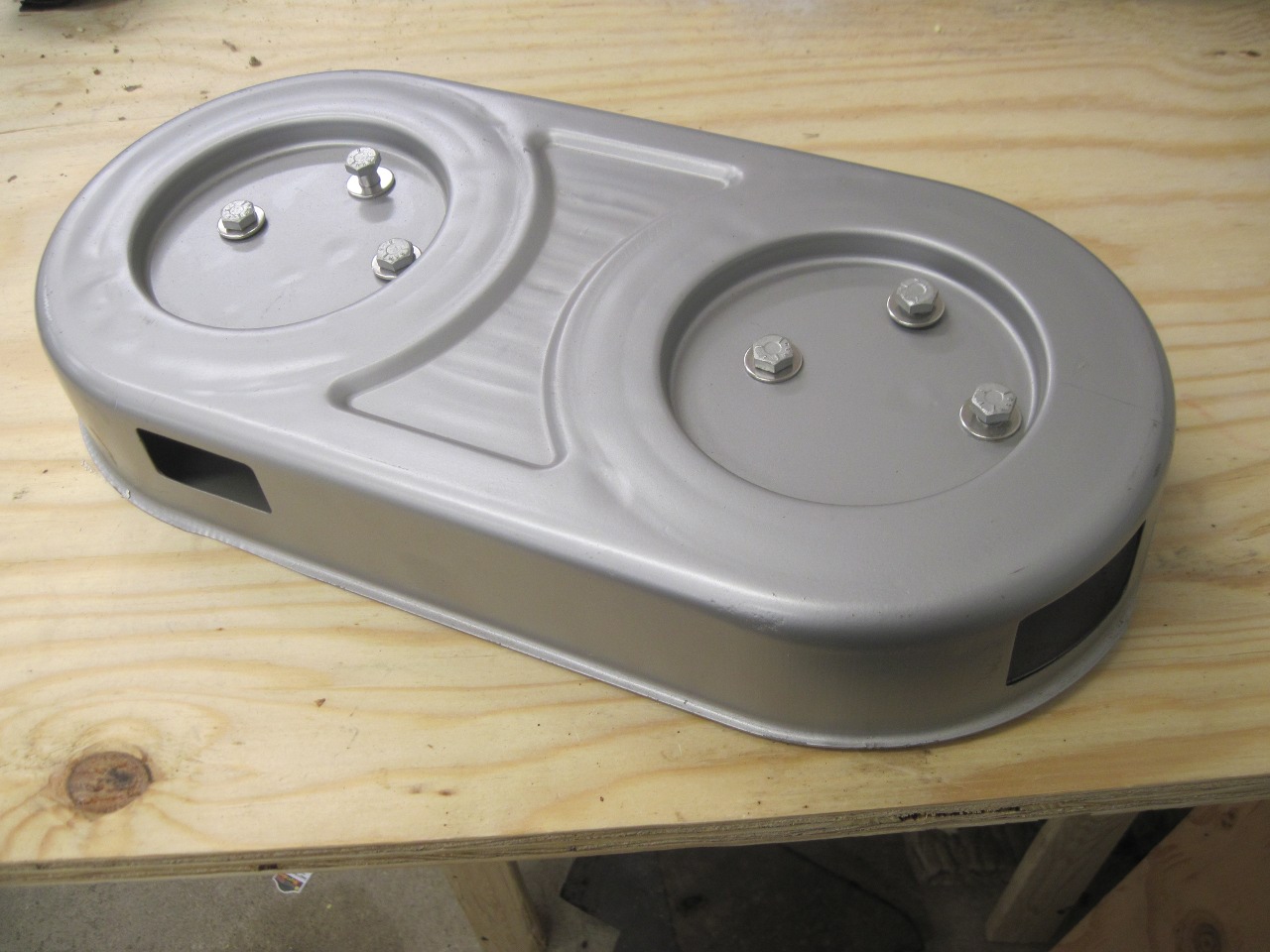
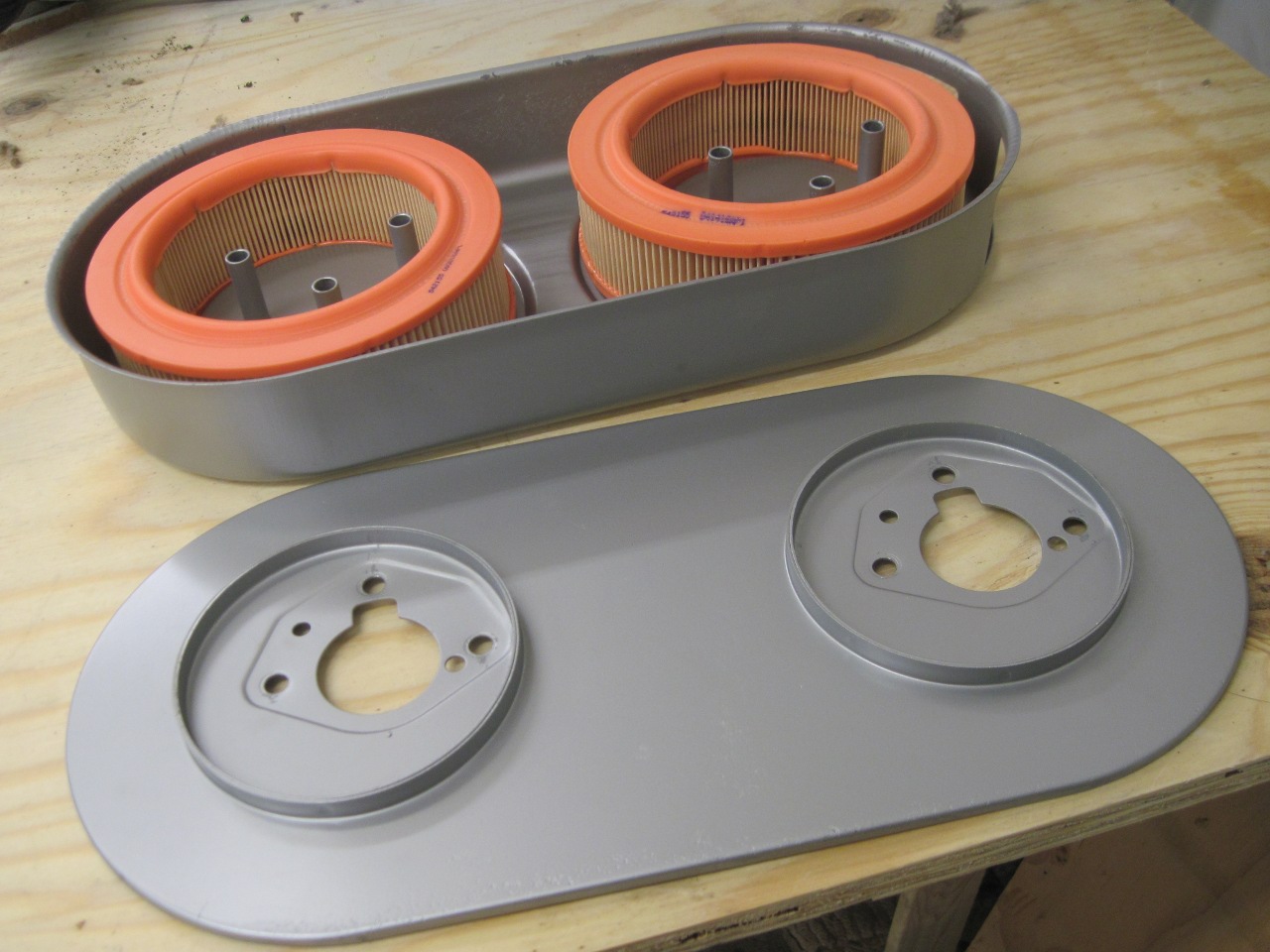
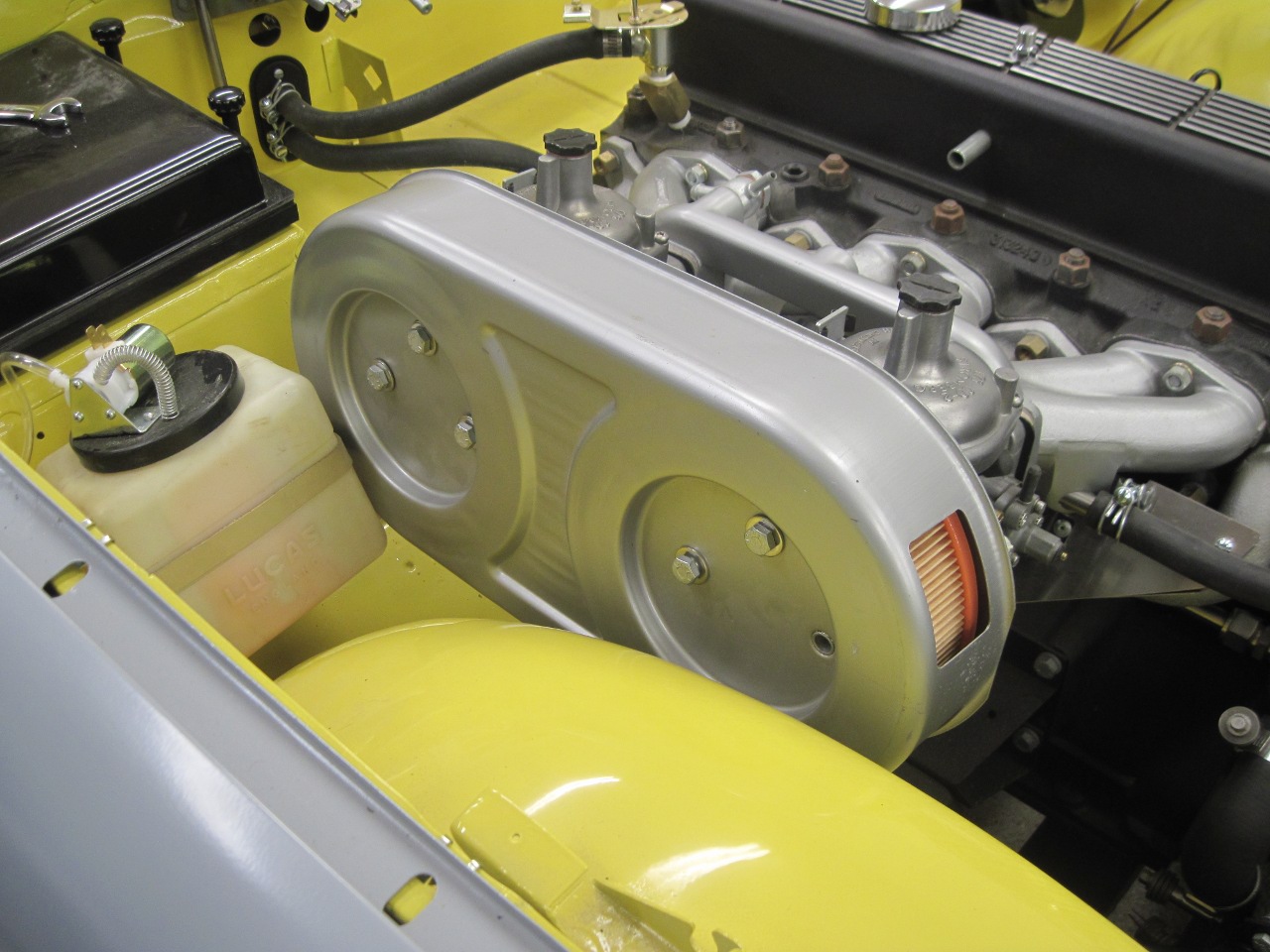
My
first thought was to somehow connect the air scoop on the shroud to the
stock air box. I just could not see a good way to do it that way.
I could connect to the front openings, but clearances were just
too tight to get anything to the rear opening. As mentioned
above, feeding just the front of the box seemed that it would deprive
the rear carb of air.
So I started looking at designs for a new air box. There isn't a lot of room.
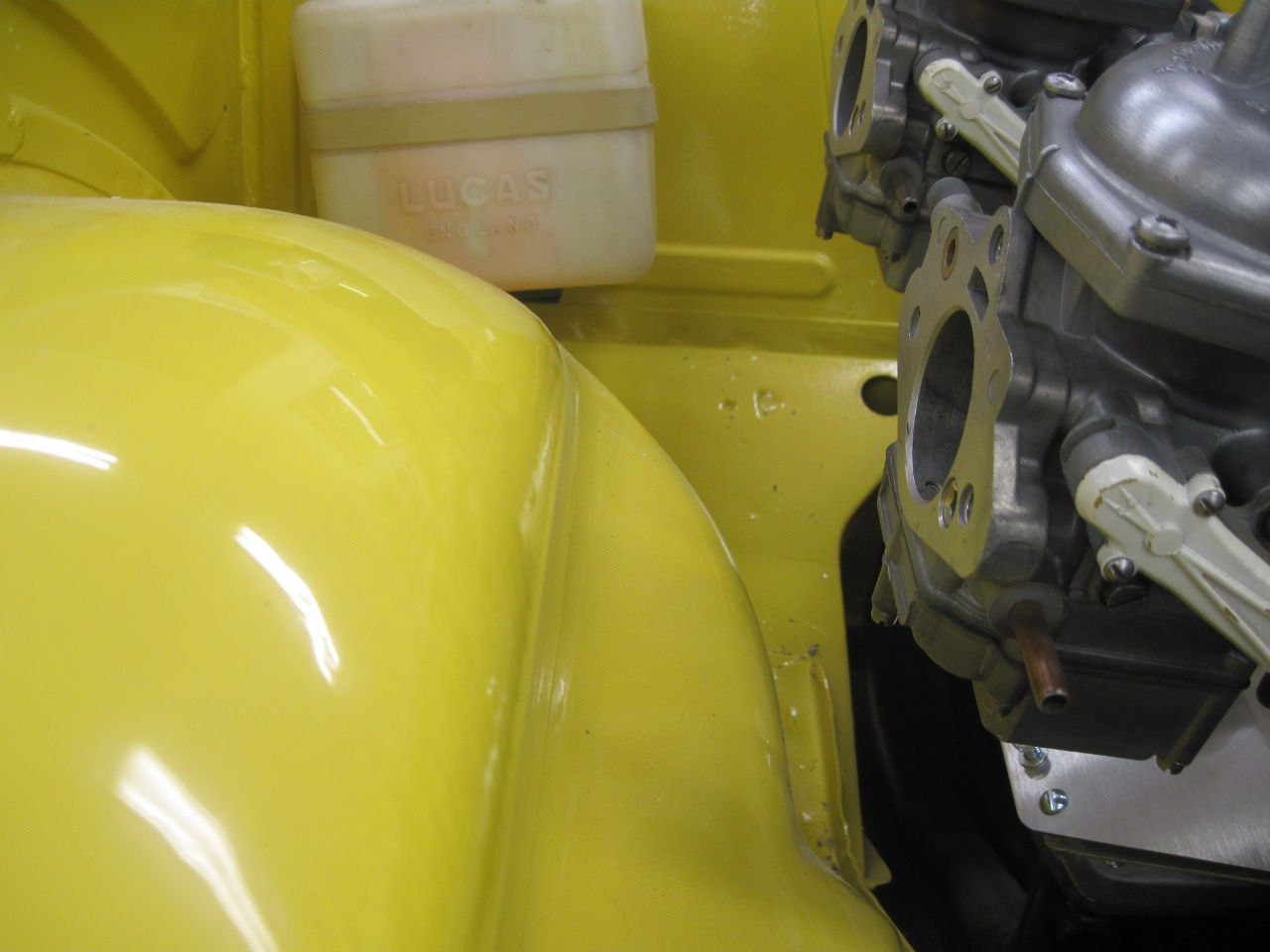
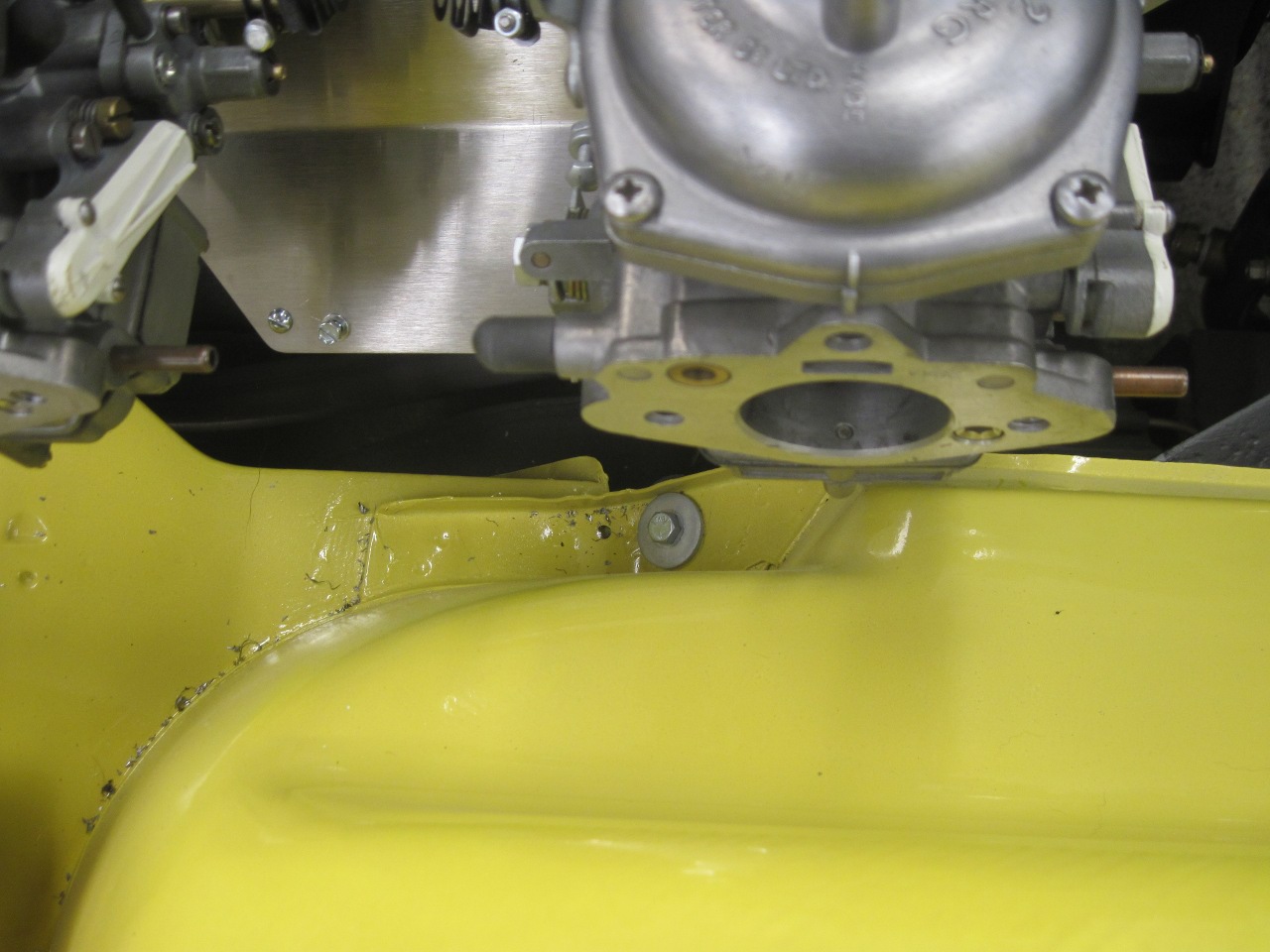
Here's one mockup I scrapped.
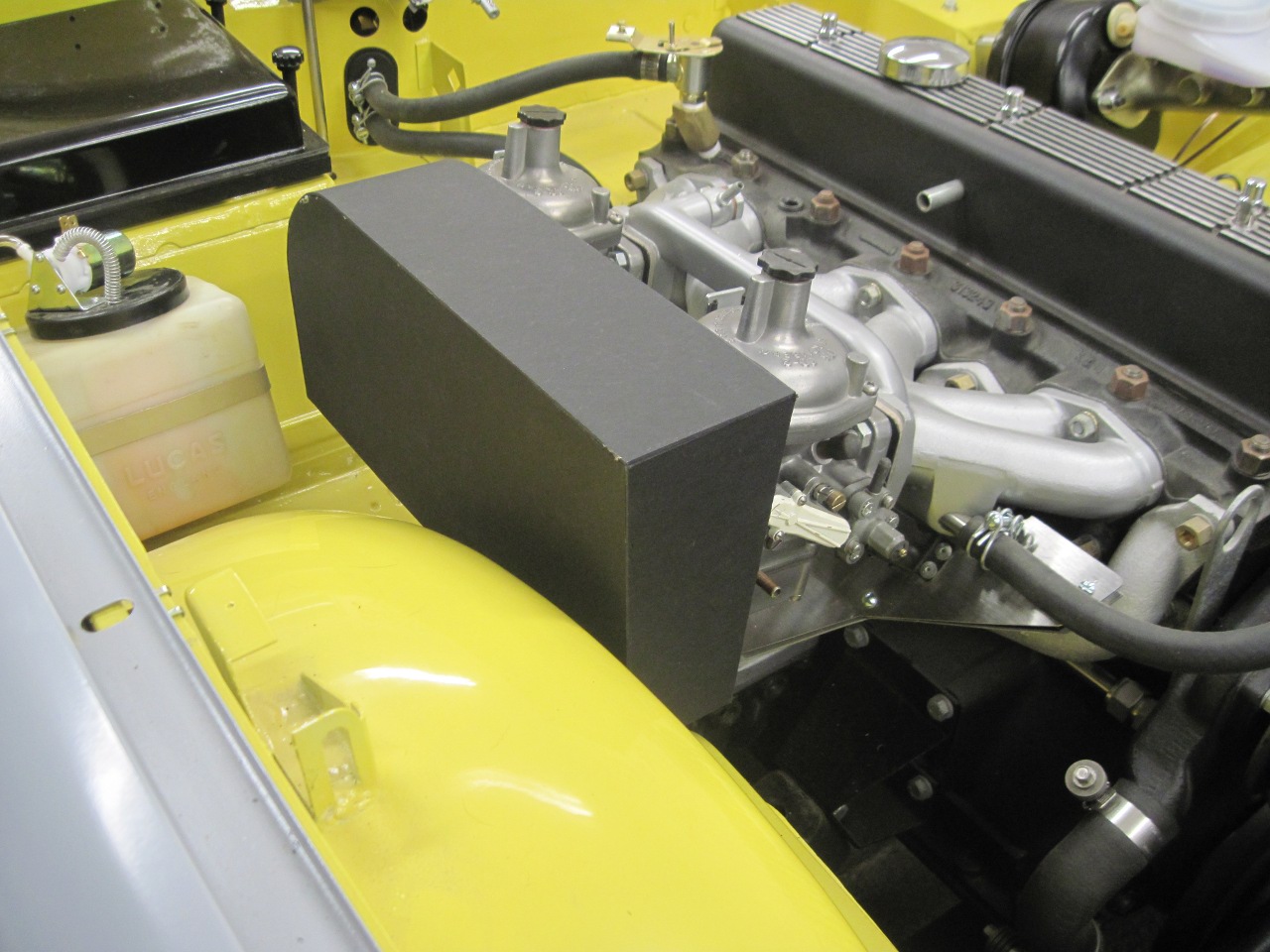
The
situation as I saw it was that the box itself couldn't really be much
bigger than the stock one, and the forward end of the box was really
the only place to bring in air. The problem was that that large
front filter would restrict air feed to the rear carb. With these
constraints, I decided to look at using smaller filters. This
would leave more open space inside the box, and less restriction of
flow to the rear.
These are so-called "Ramflo" type filters.
They seem to be pretty popular with the British car crowd.
They cost considerably more than the stock filters, but they use
a washable foam element, so the longer term cost may not be so bad.
Their main attraction to me was their size and shape.
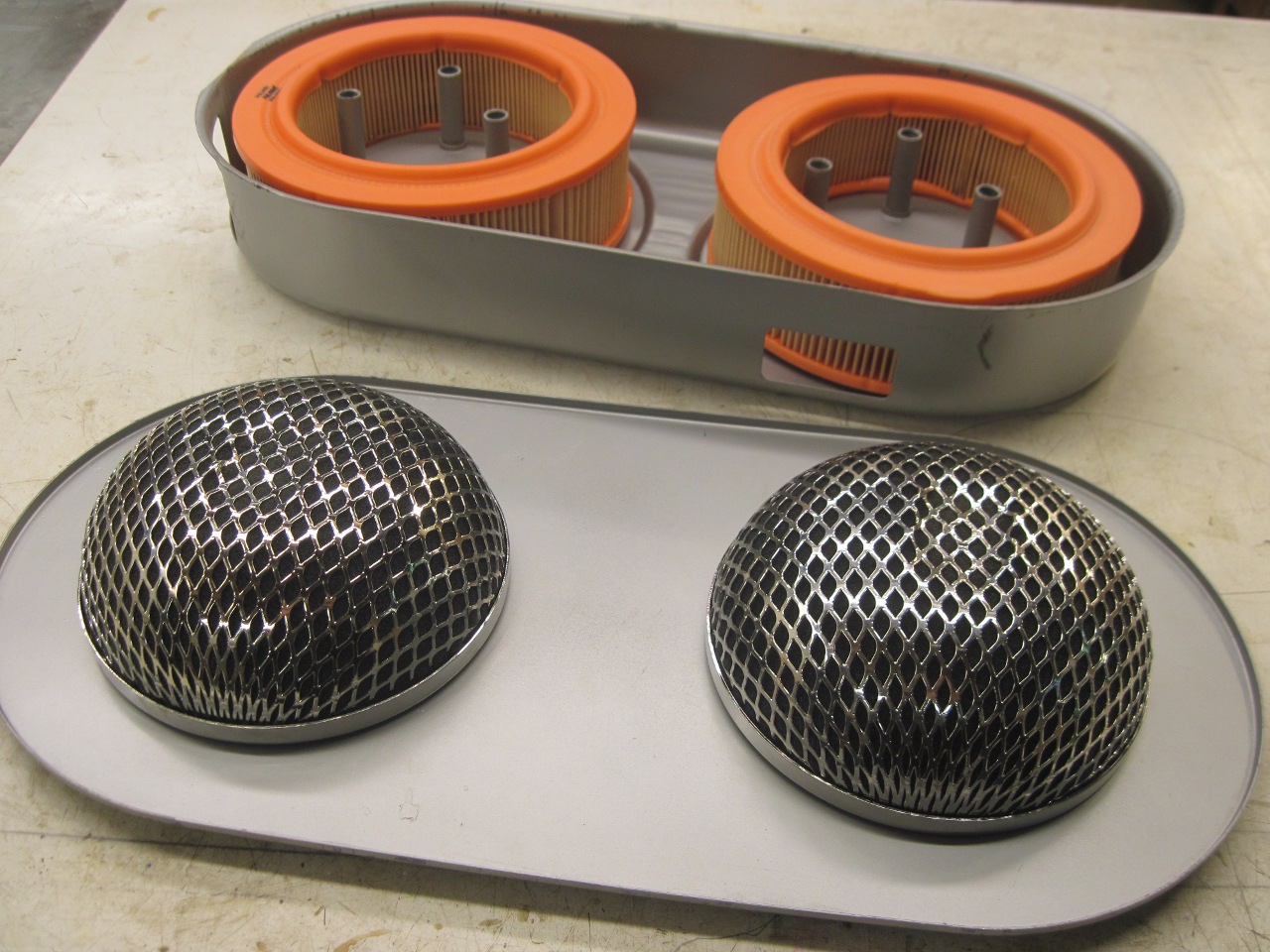
Rather
than try to modify the stock air box, I decided to start from scratch.
A paper mockup got the dimensions right. The air inlet is
low on the front side, so that much of the air has a straight shot to
the rear filter.
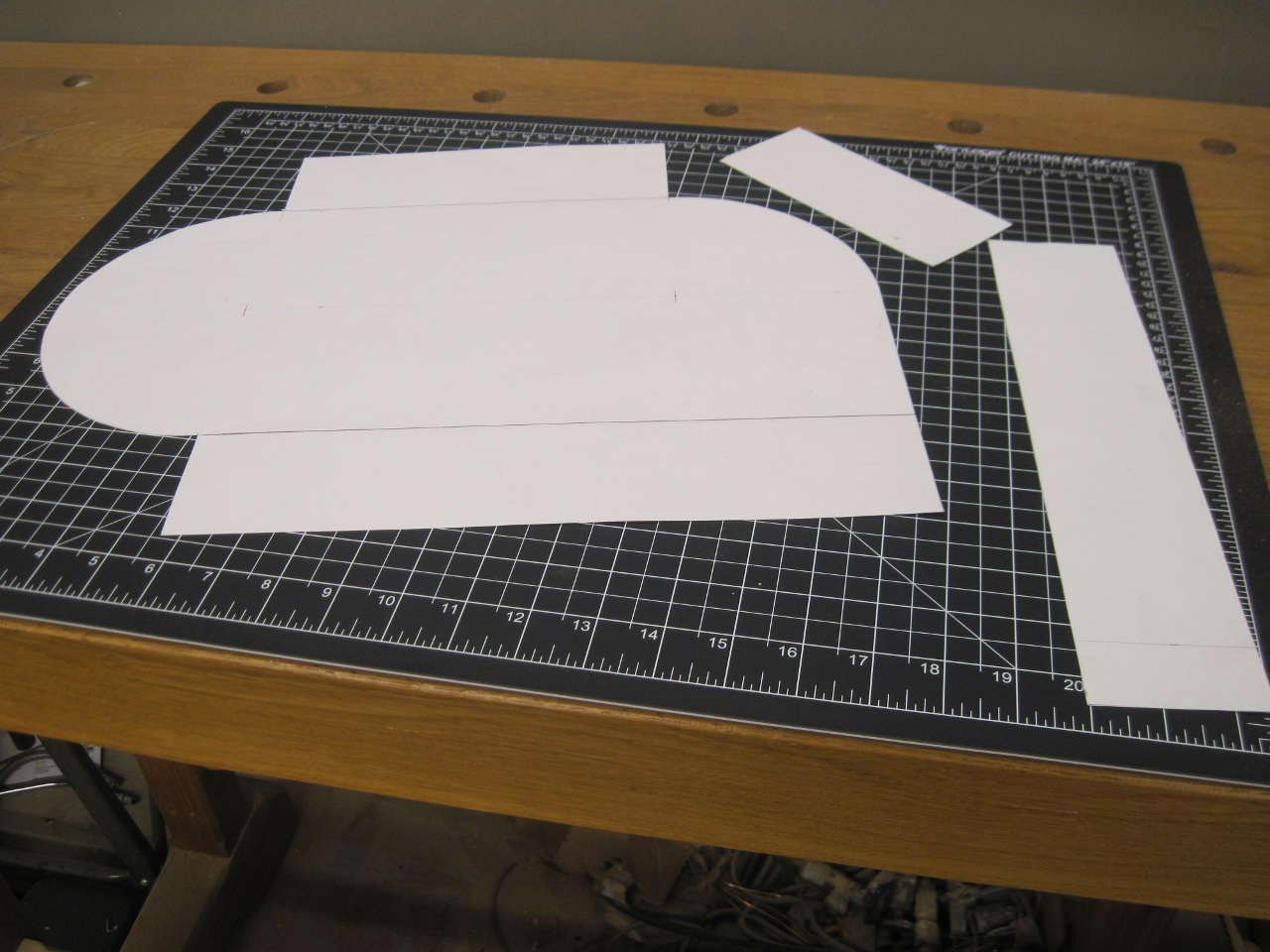
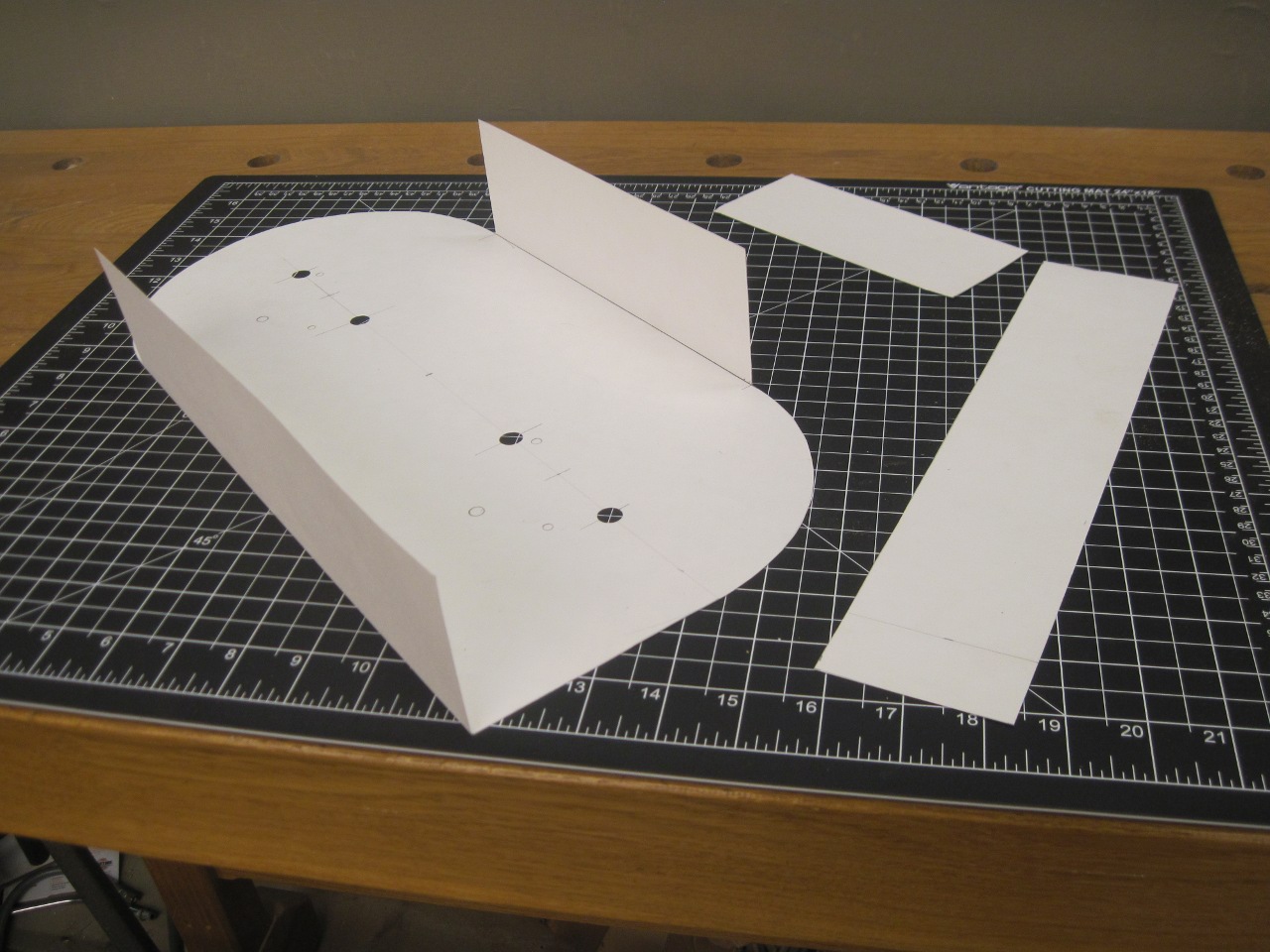

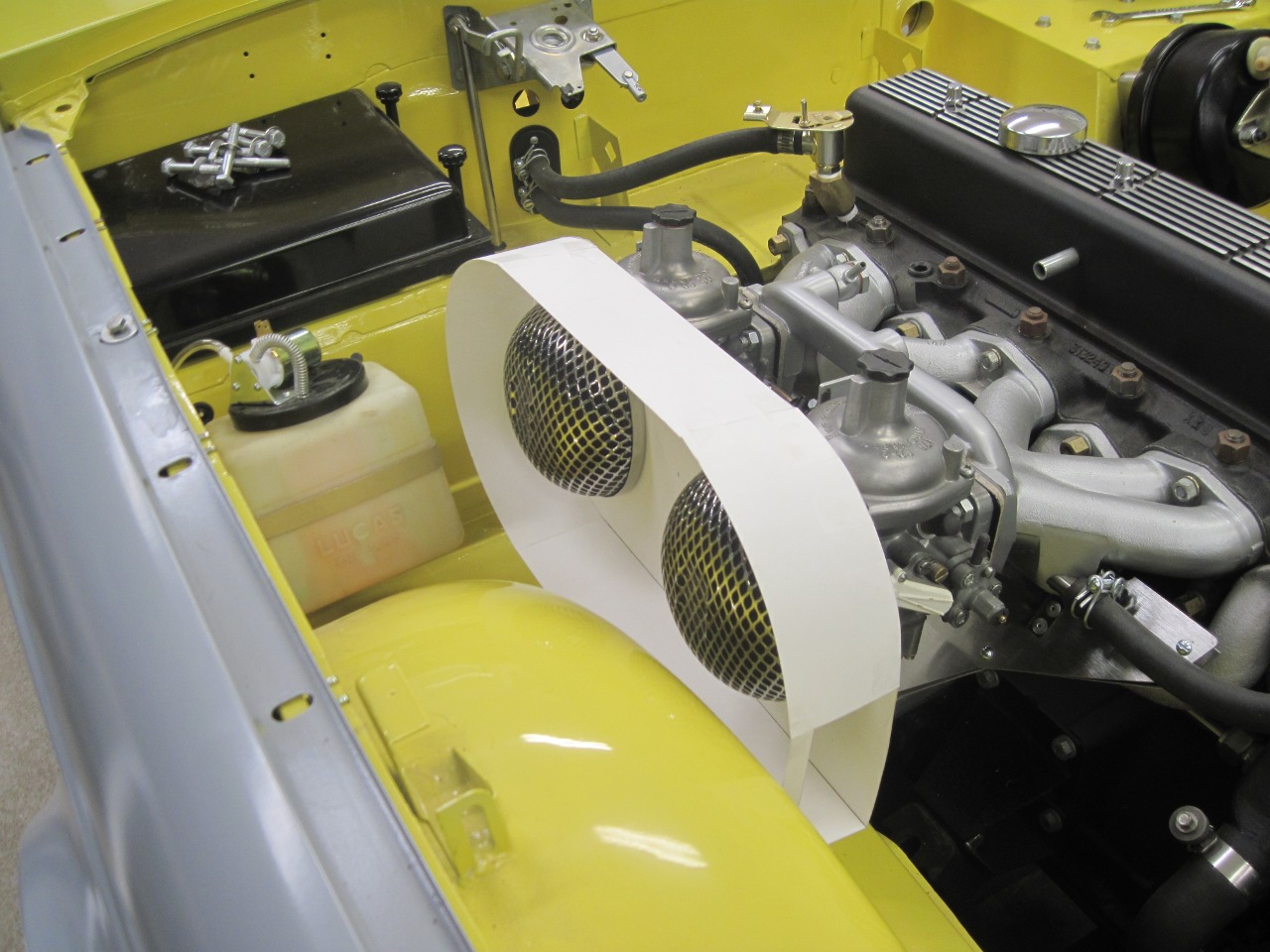
A
few tweaks, and it's on to metal. I really wanted to make the box
from aluminum, but I don't have the equipment or experience for that
yet, so this is 20 gauge steel.
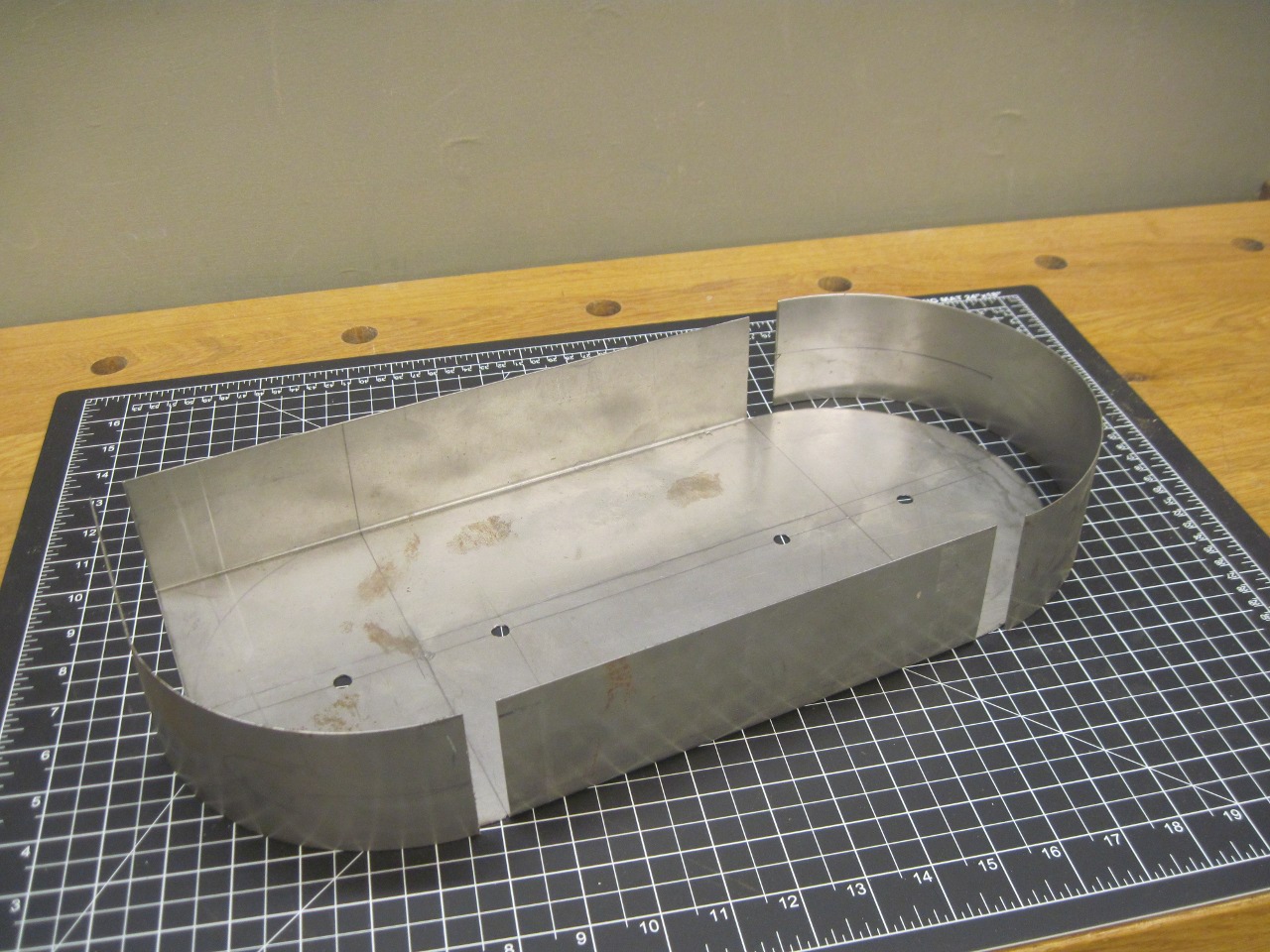
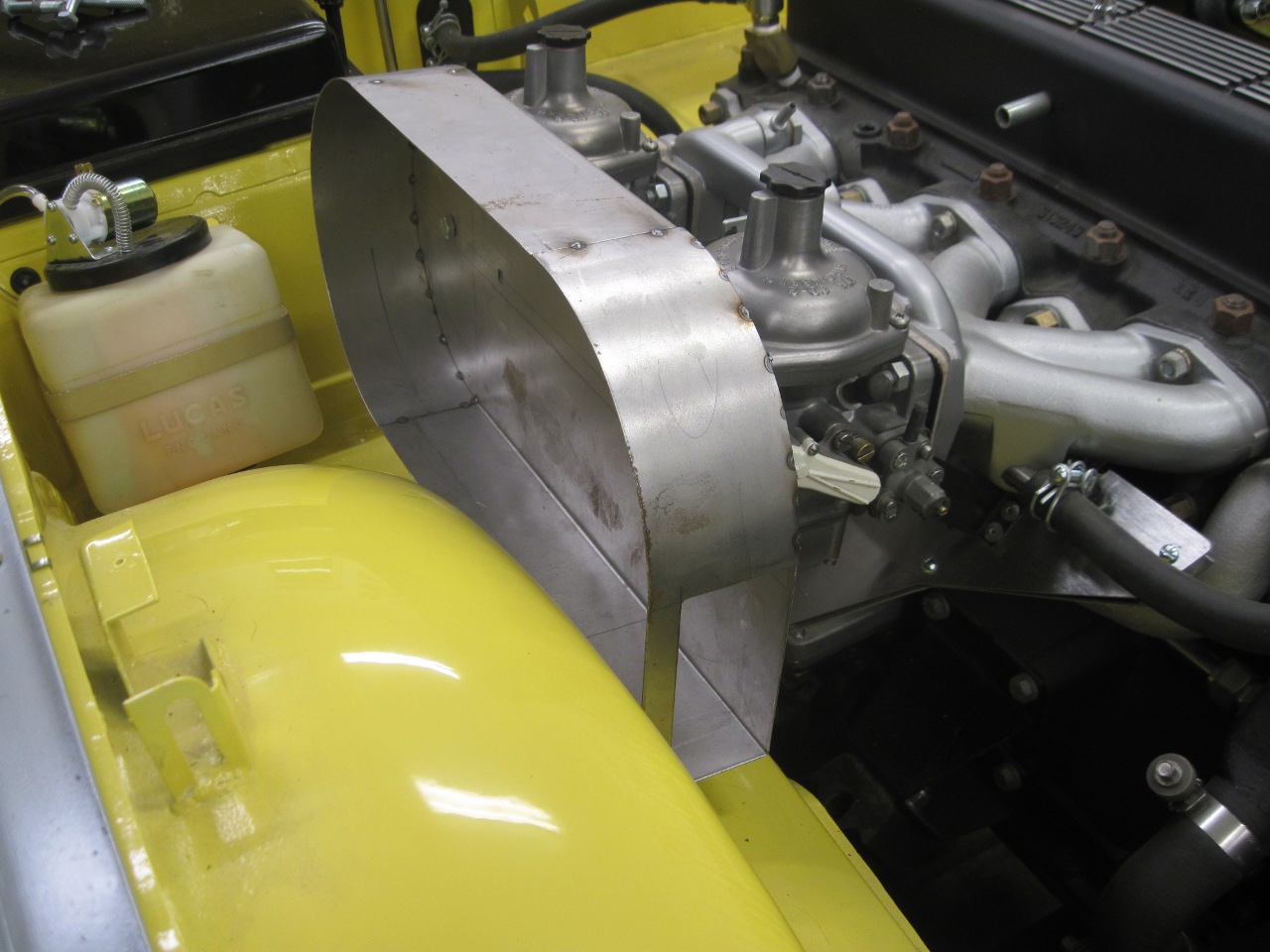
The box cover is also 20 gauge steel, with a lip hammered all around on an MDF form.
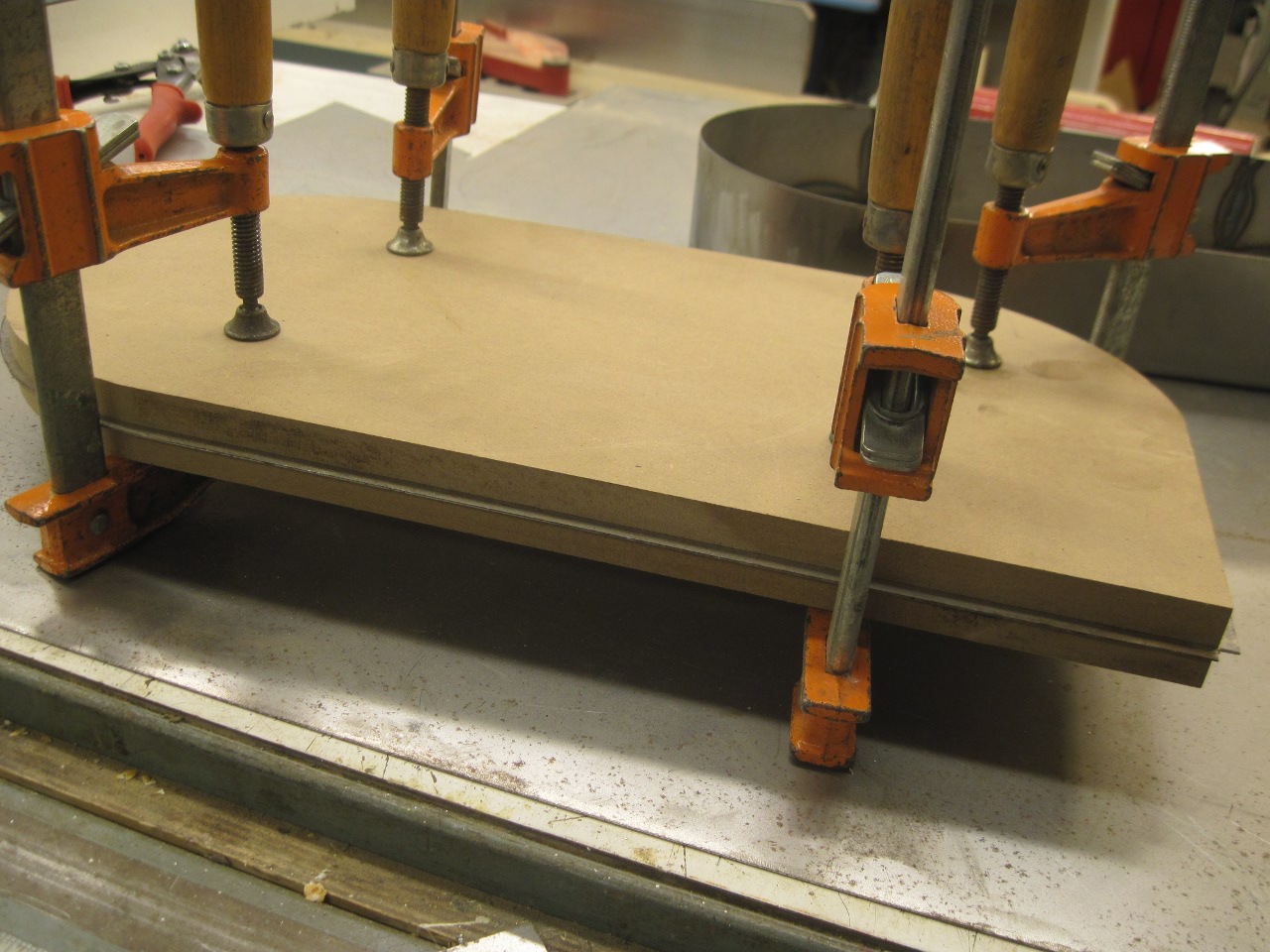
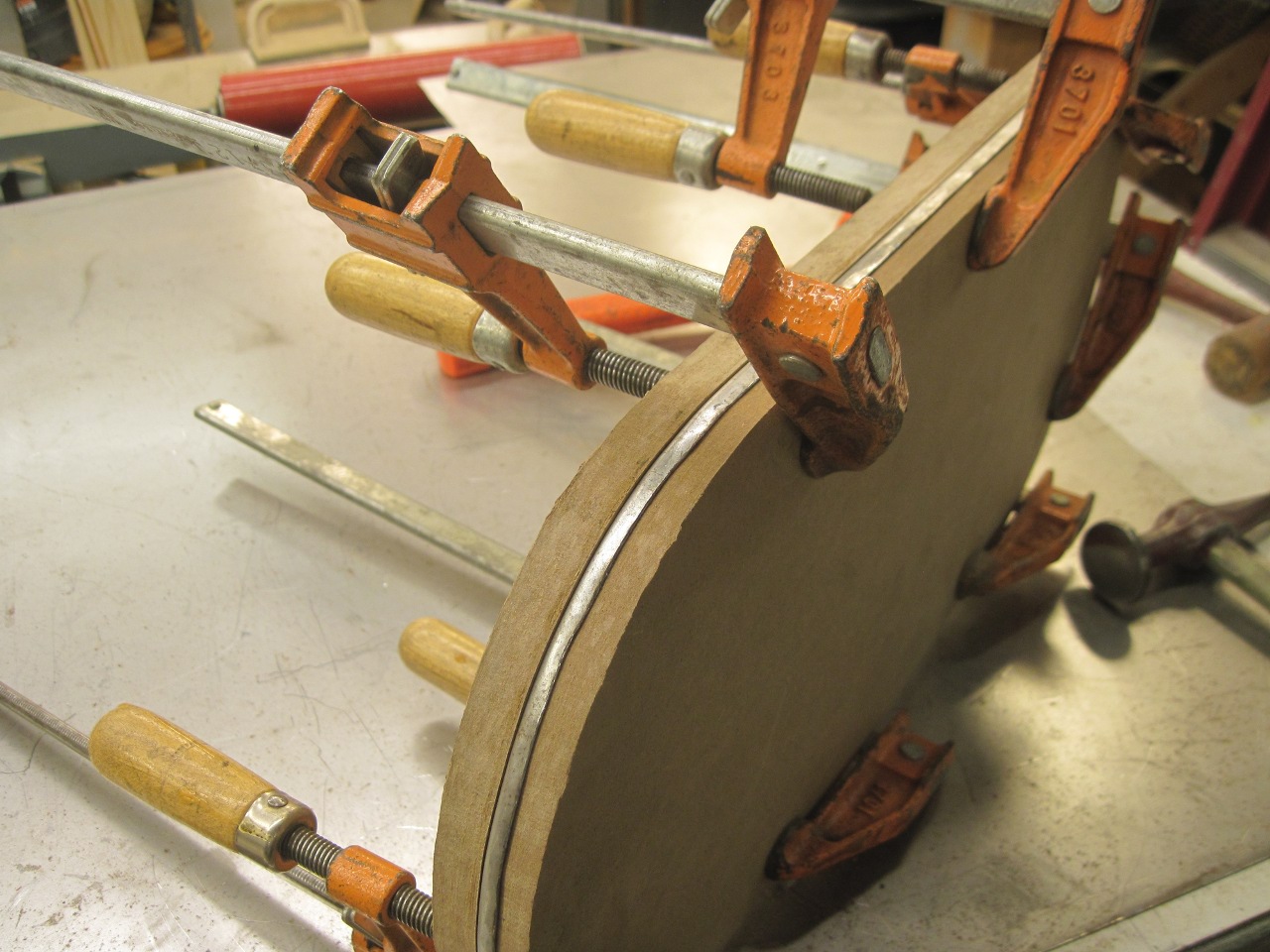
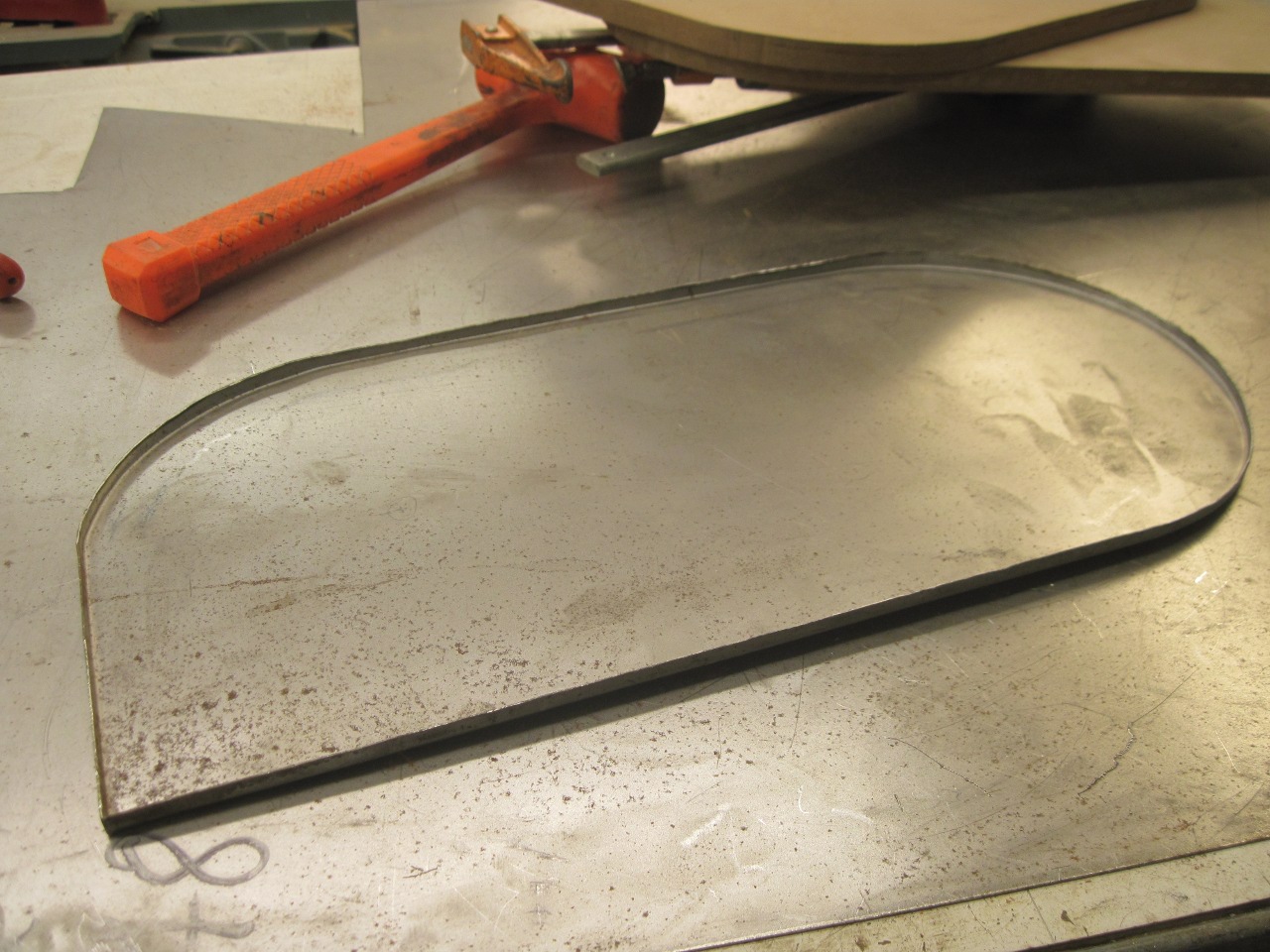
Then some stiffening panels.
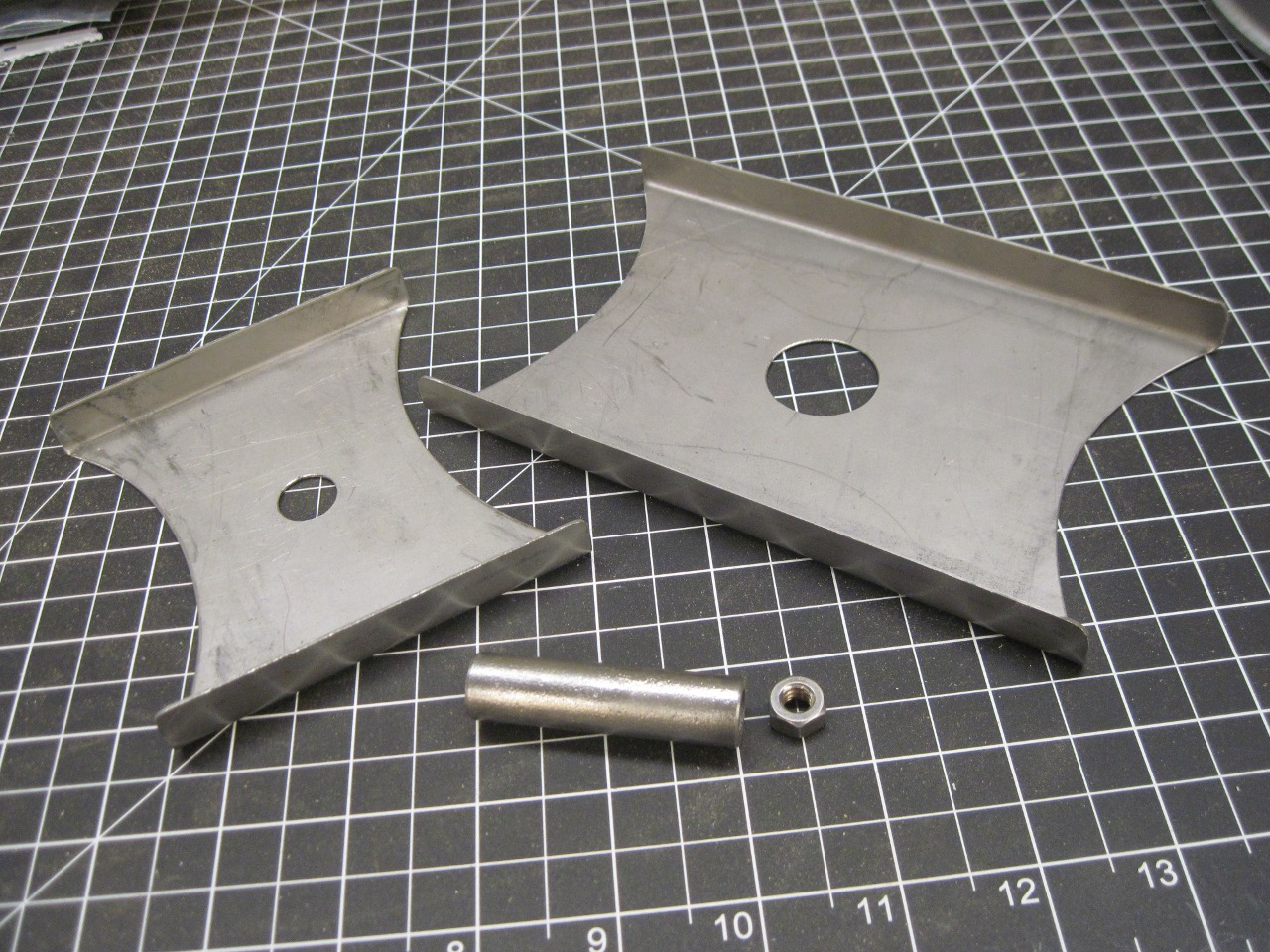


The
little post has a nut welded on top to receive a stud from the knob
that fastens the cover on the box. There is about a 1/4" gap
between the cover and the post, so tightening the knob pulls the cover
down all around the perimeter.
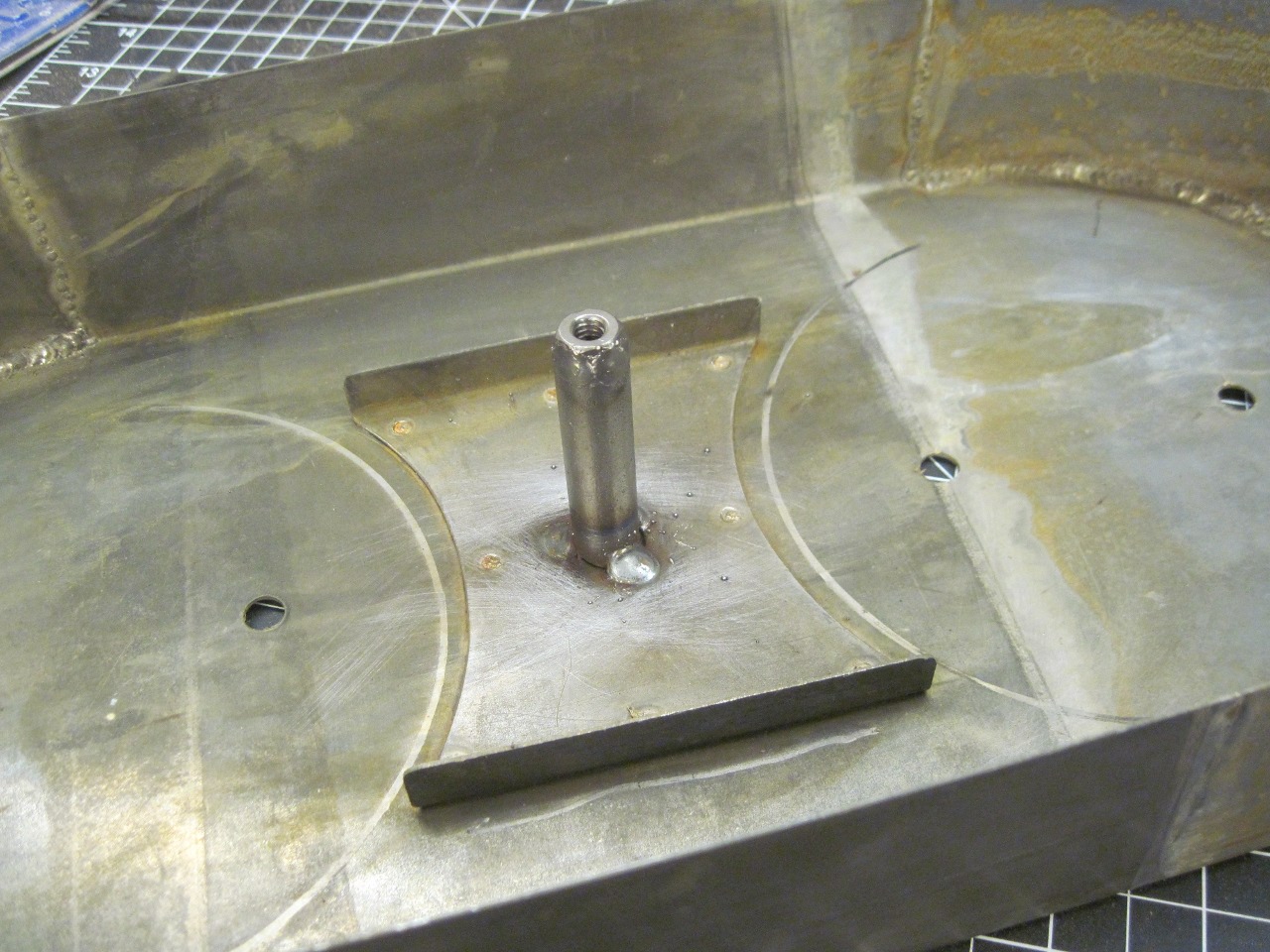

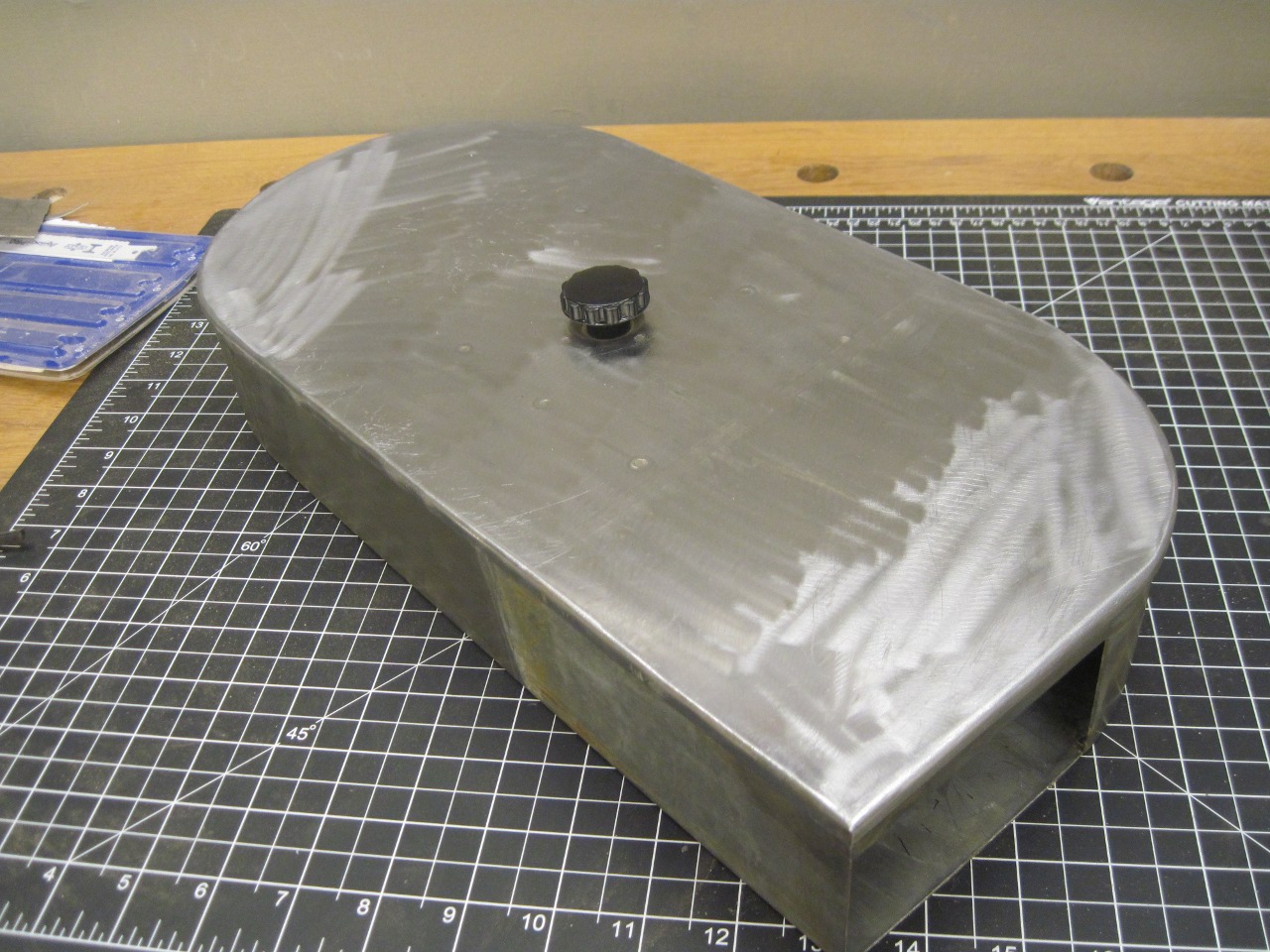
Now the only thing left is a transition piece to 3 inch flex hose to match the air scoop. I tried a couple of approaches.
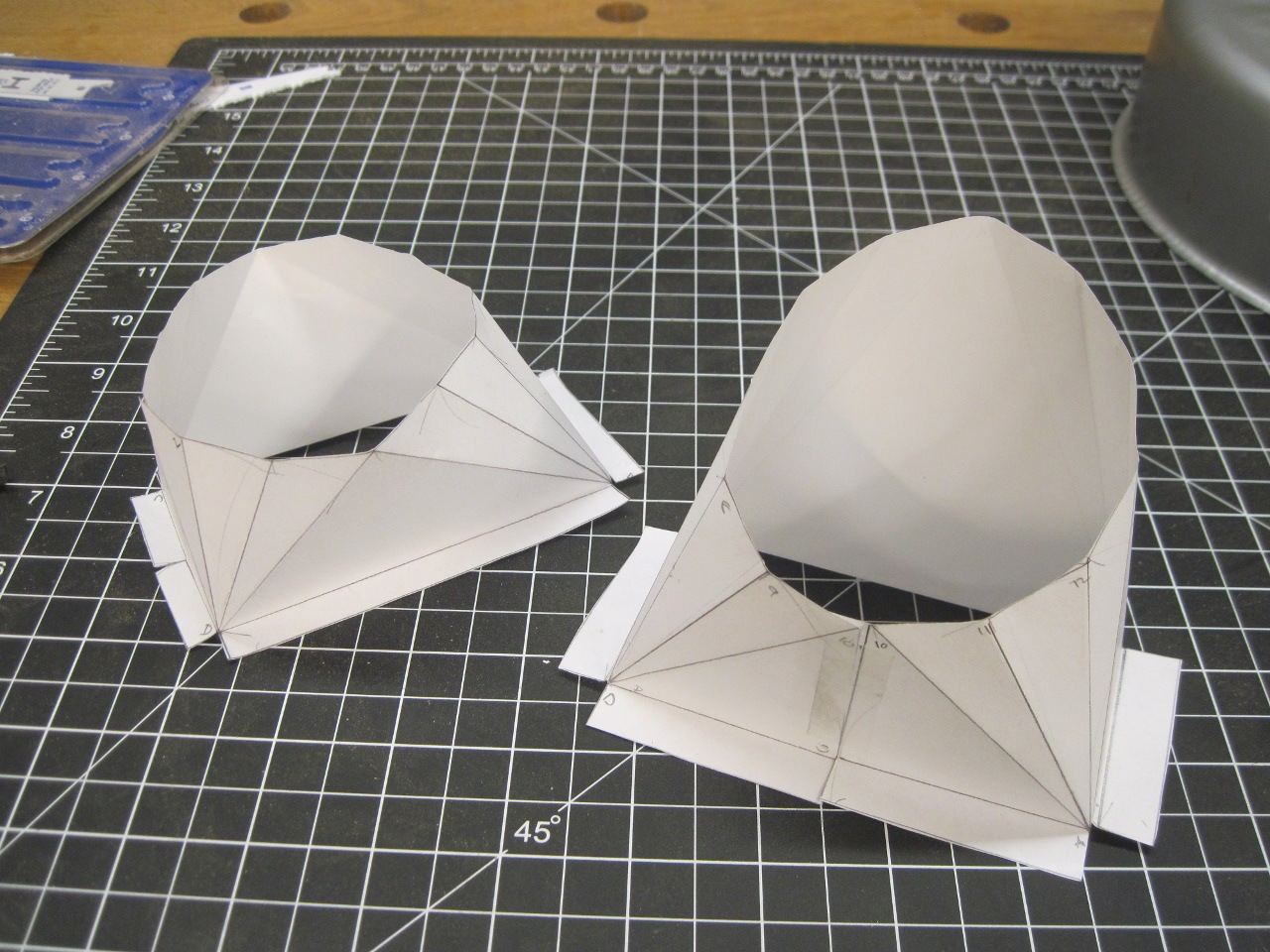
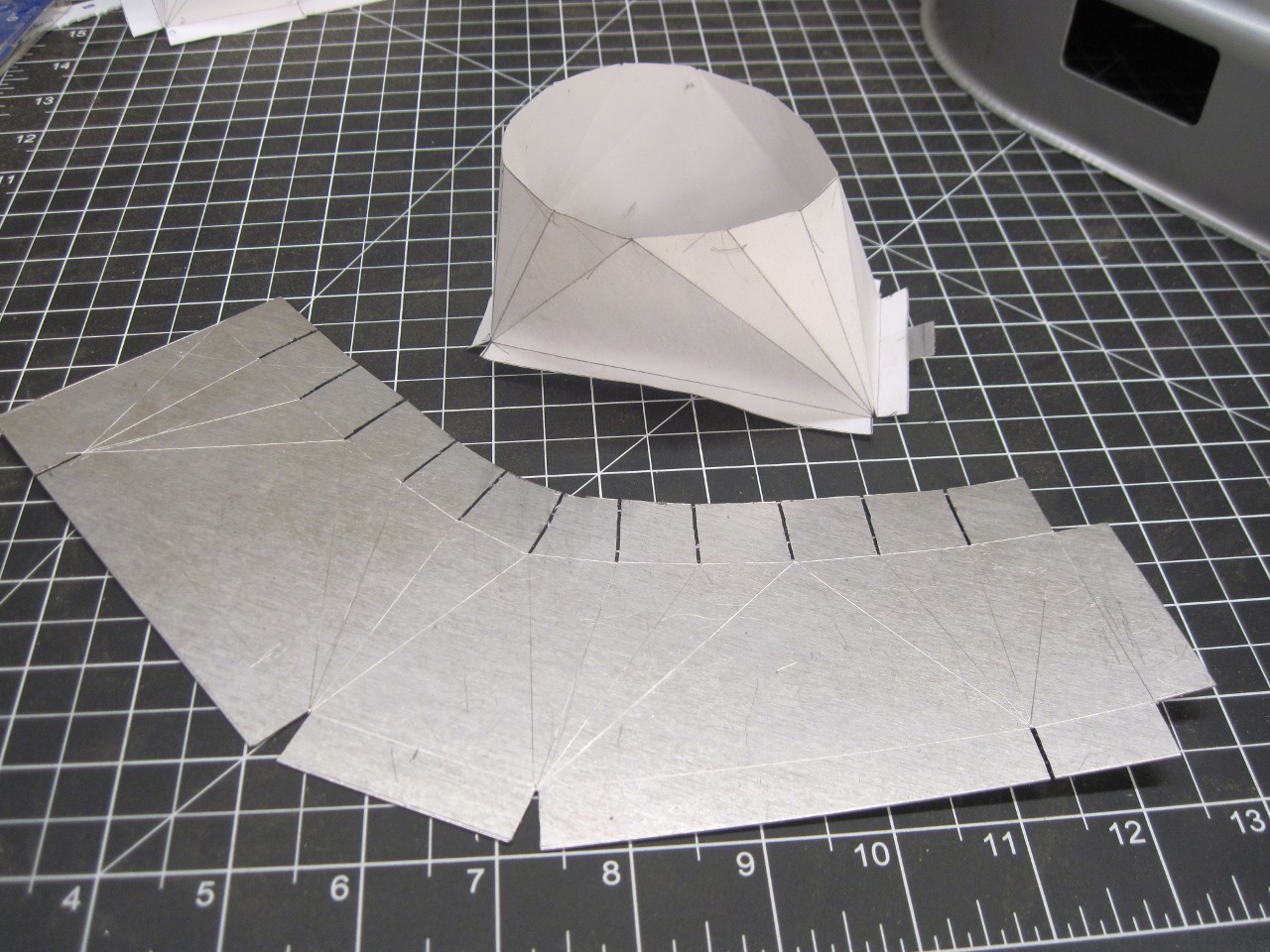
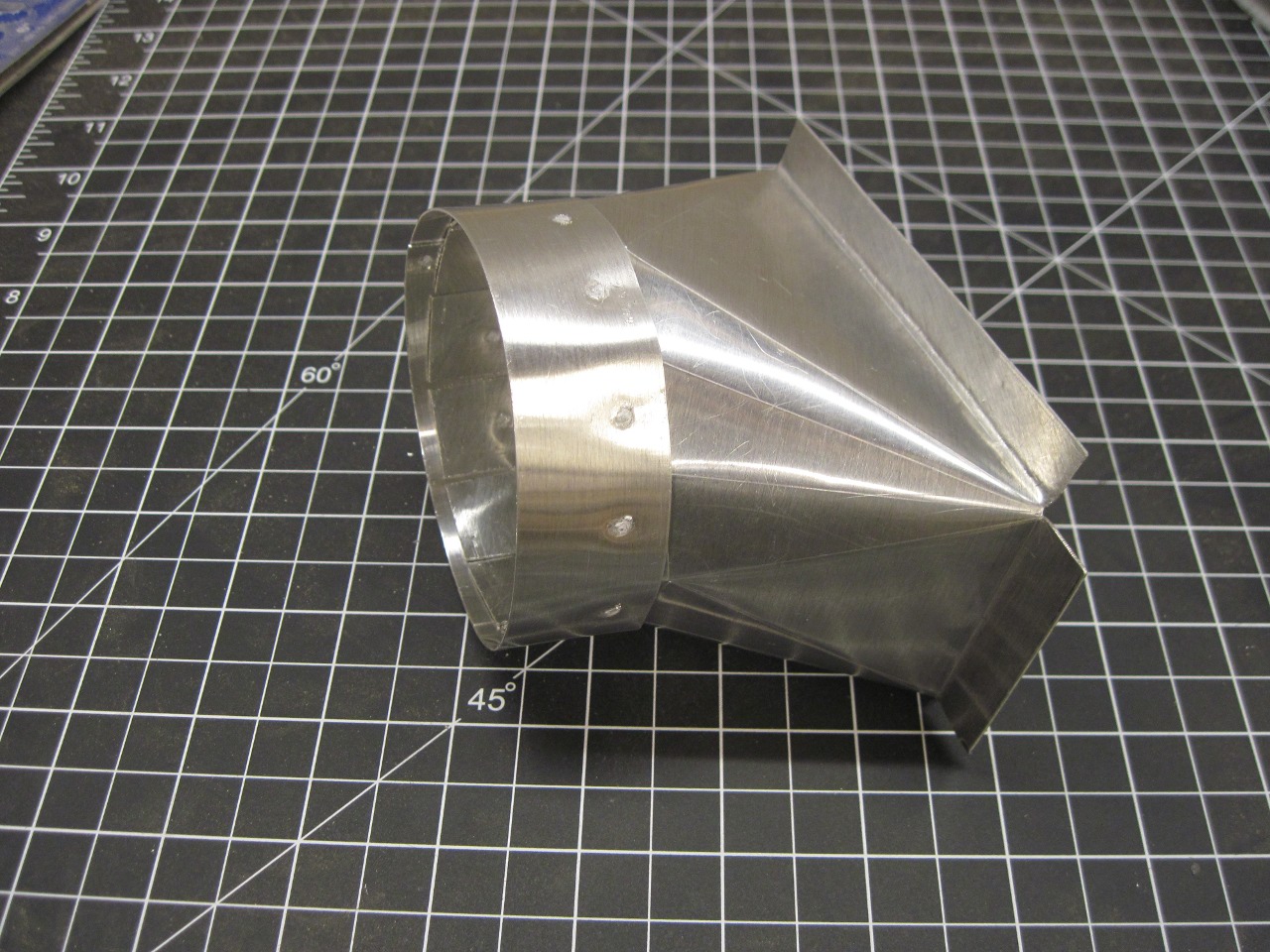
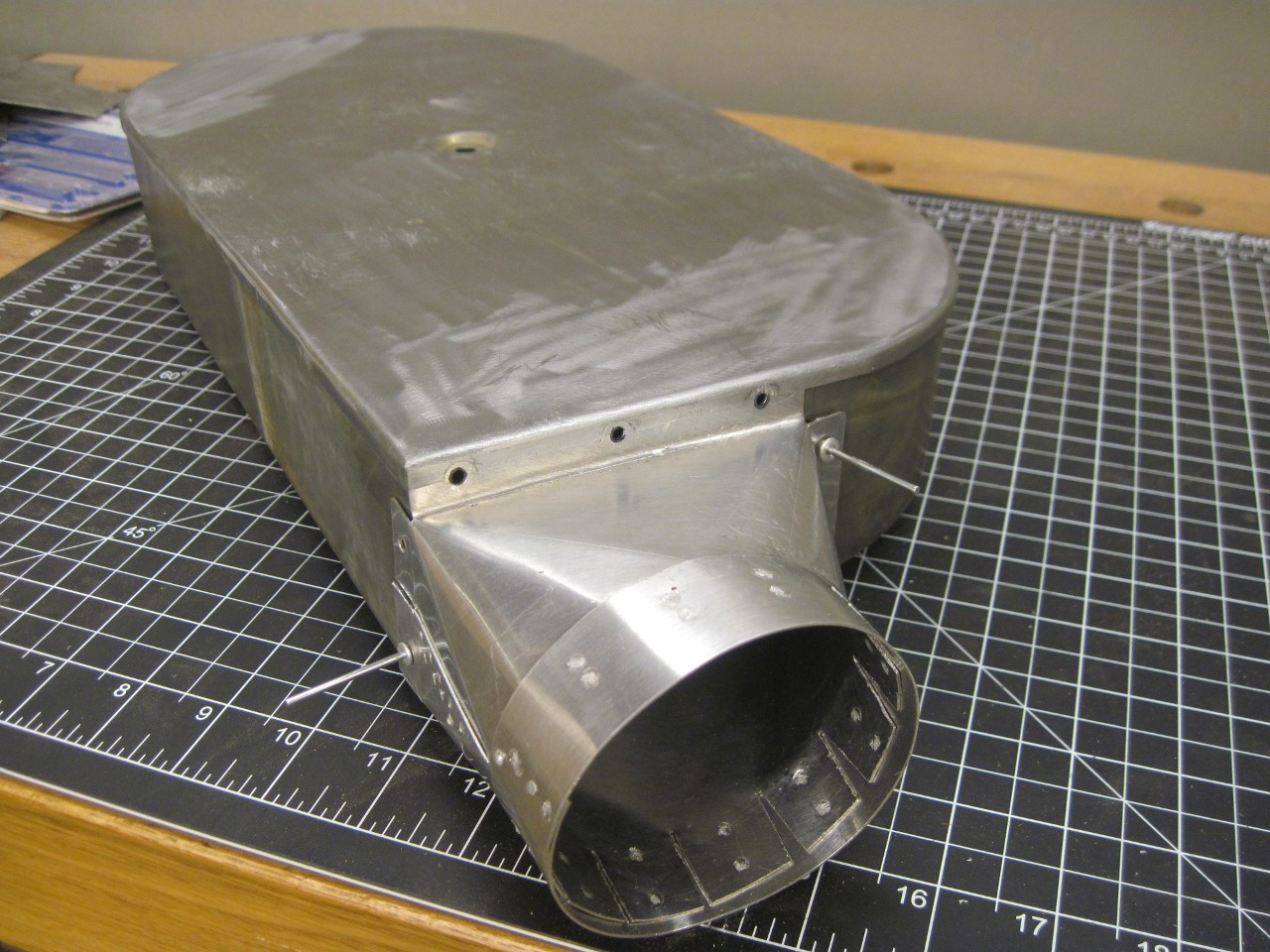
Then powder coated all the pieces. I used a silver color close to the original.
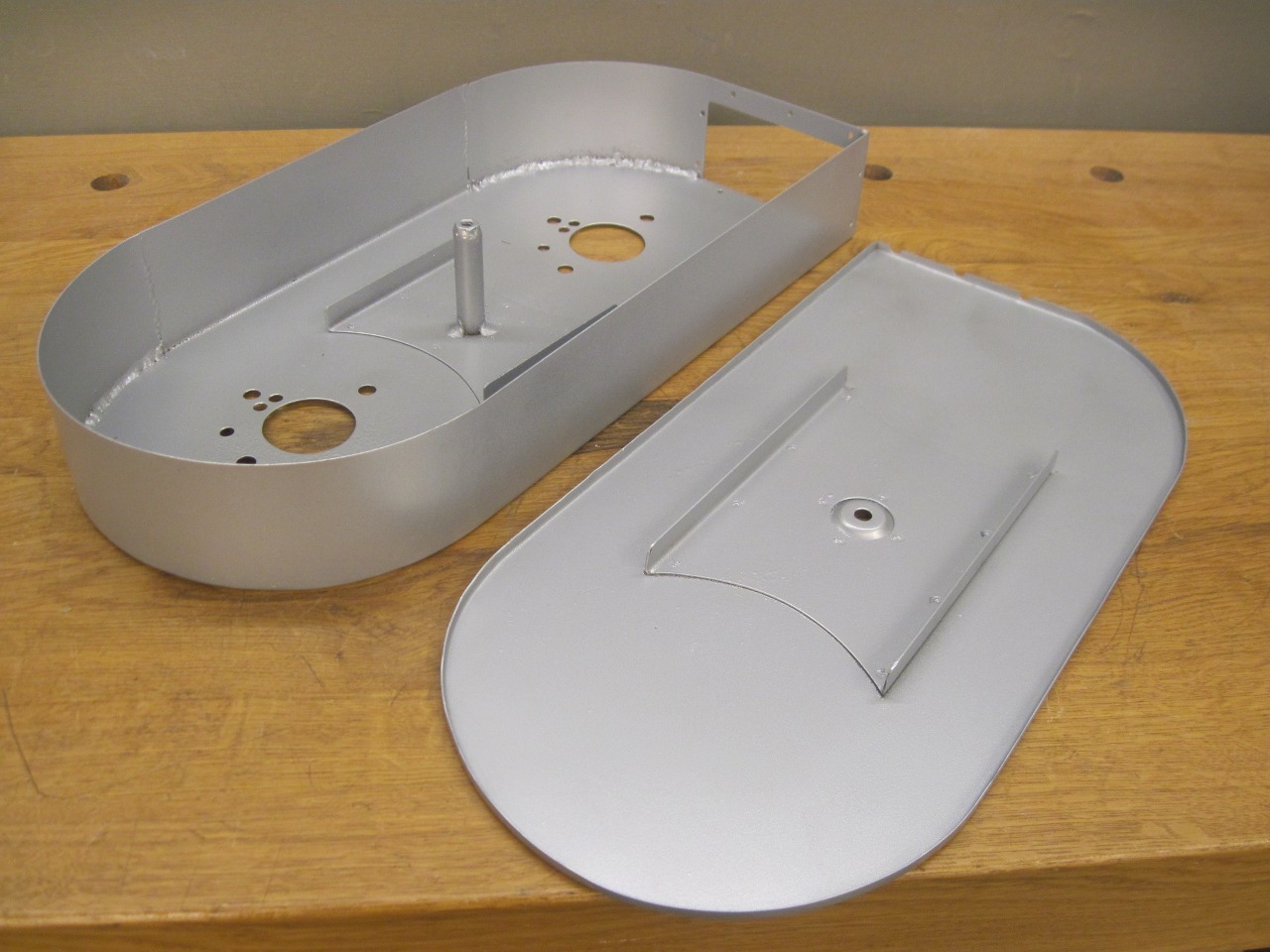
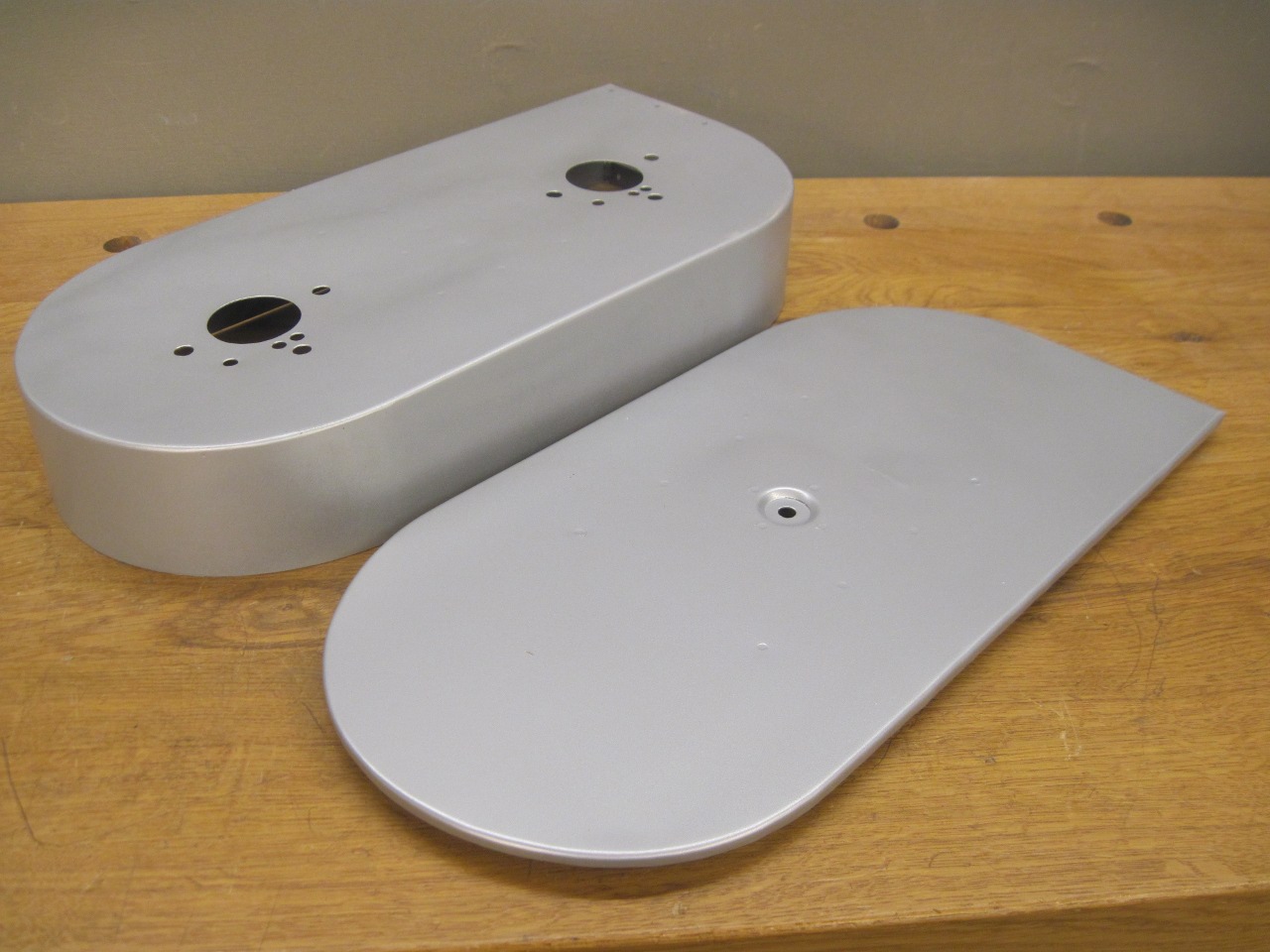
Some foam around the edge of the cover--not so much as a seal, but to prevent any rattling. Then added the transition.

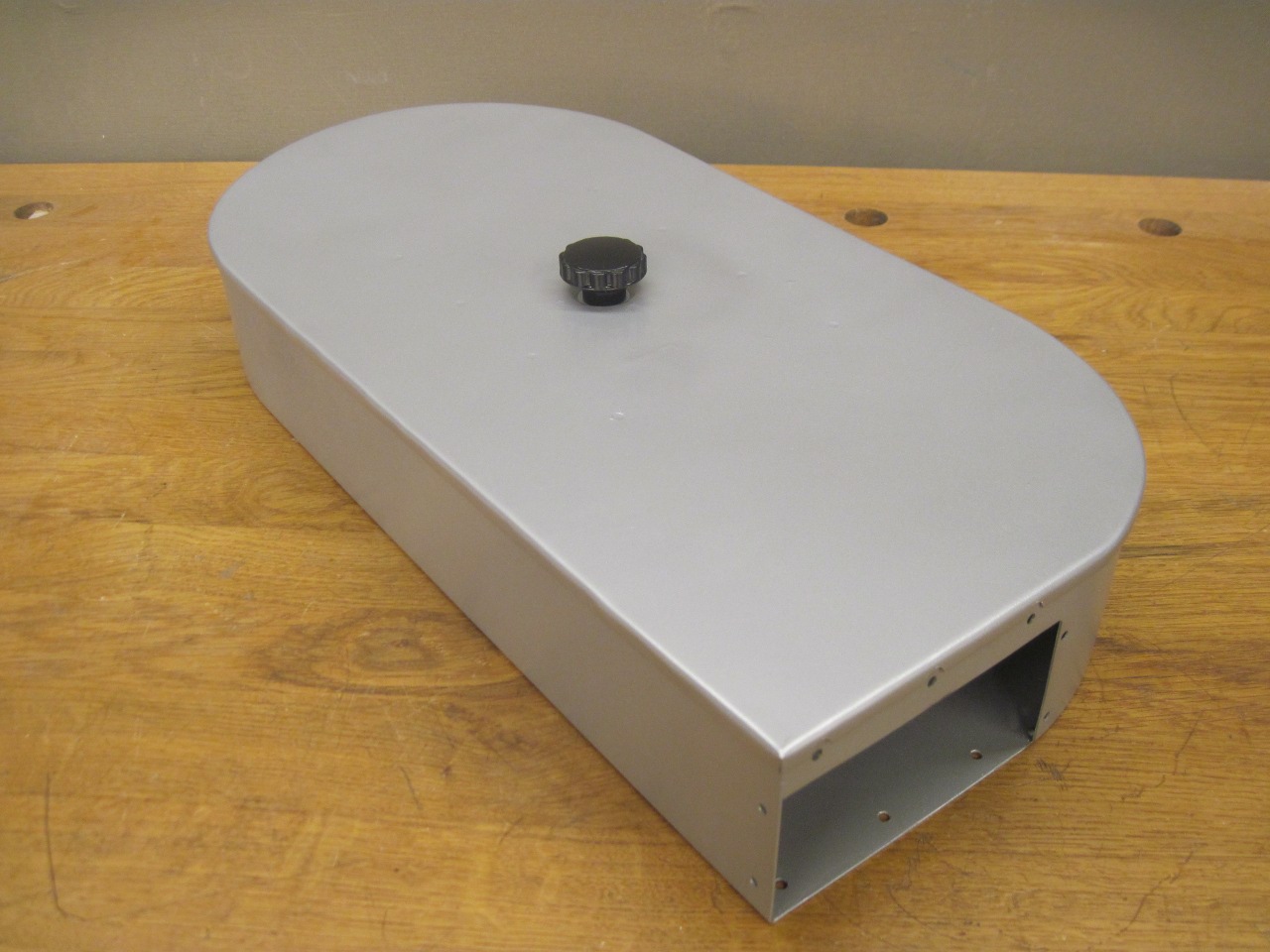
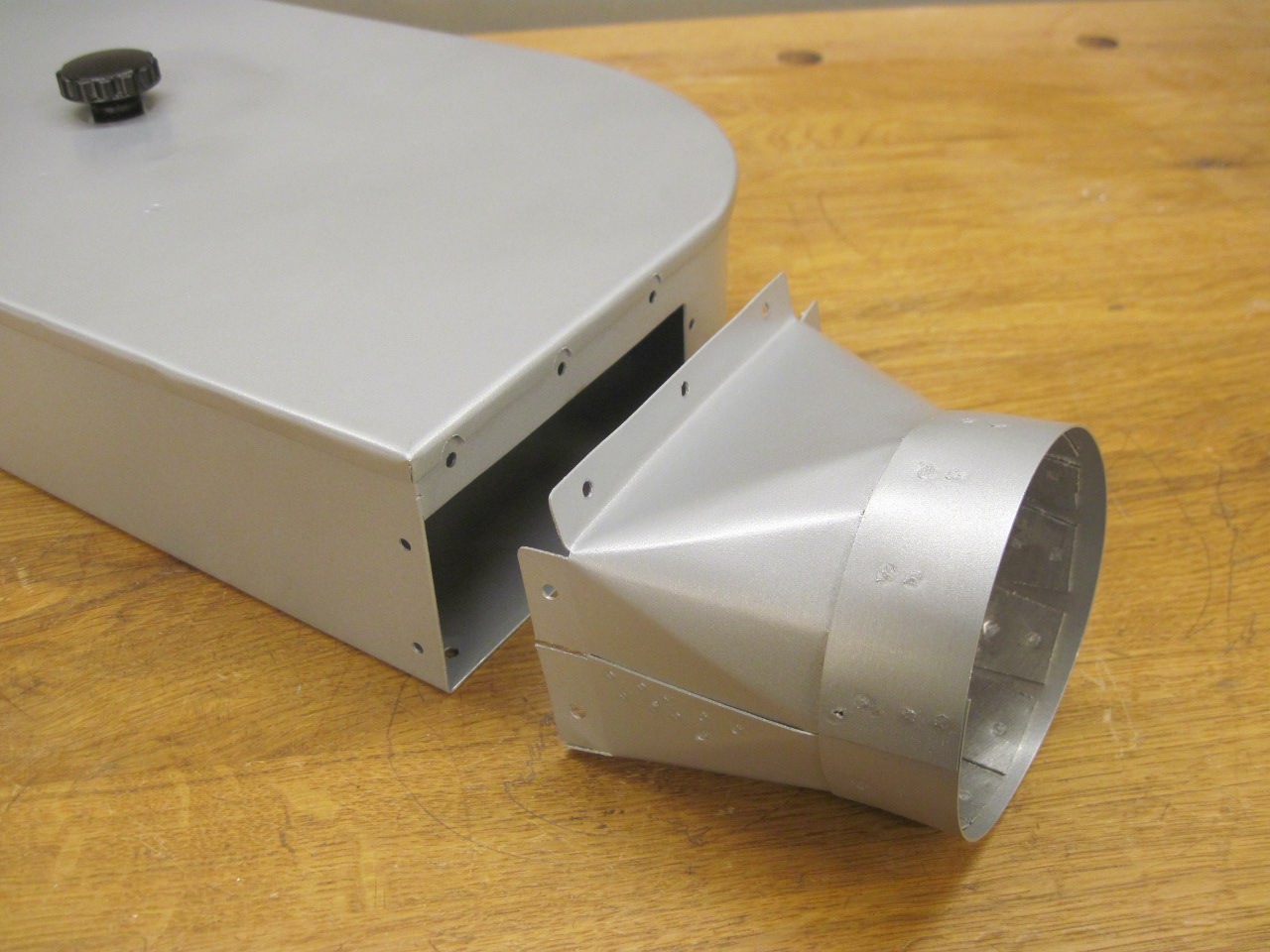
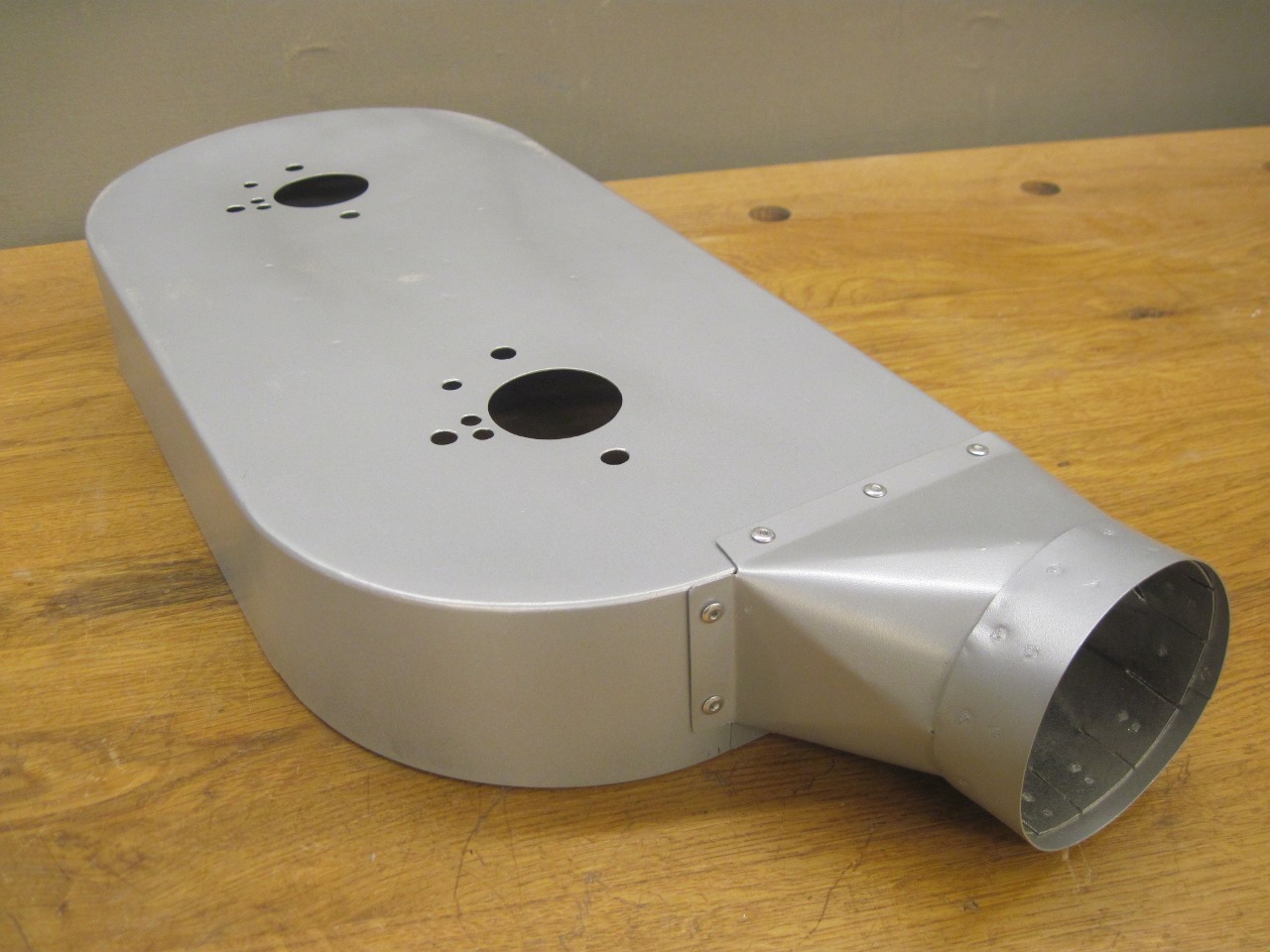
The new air box is the same size as the stock one, except for the air inlet area.
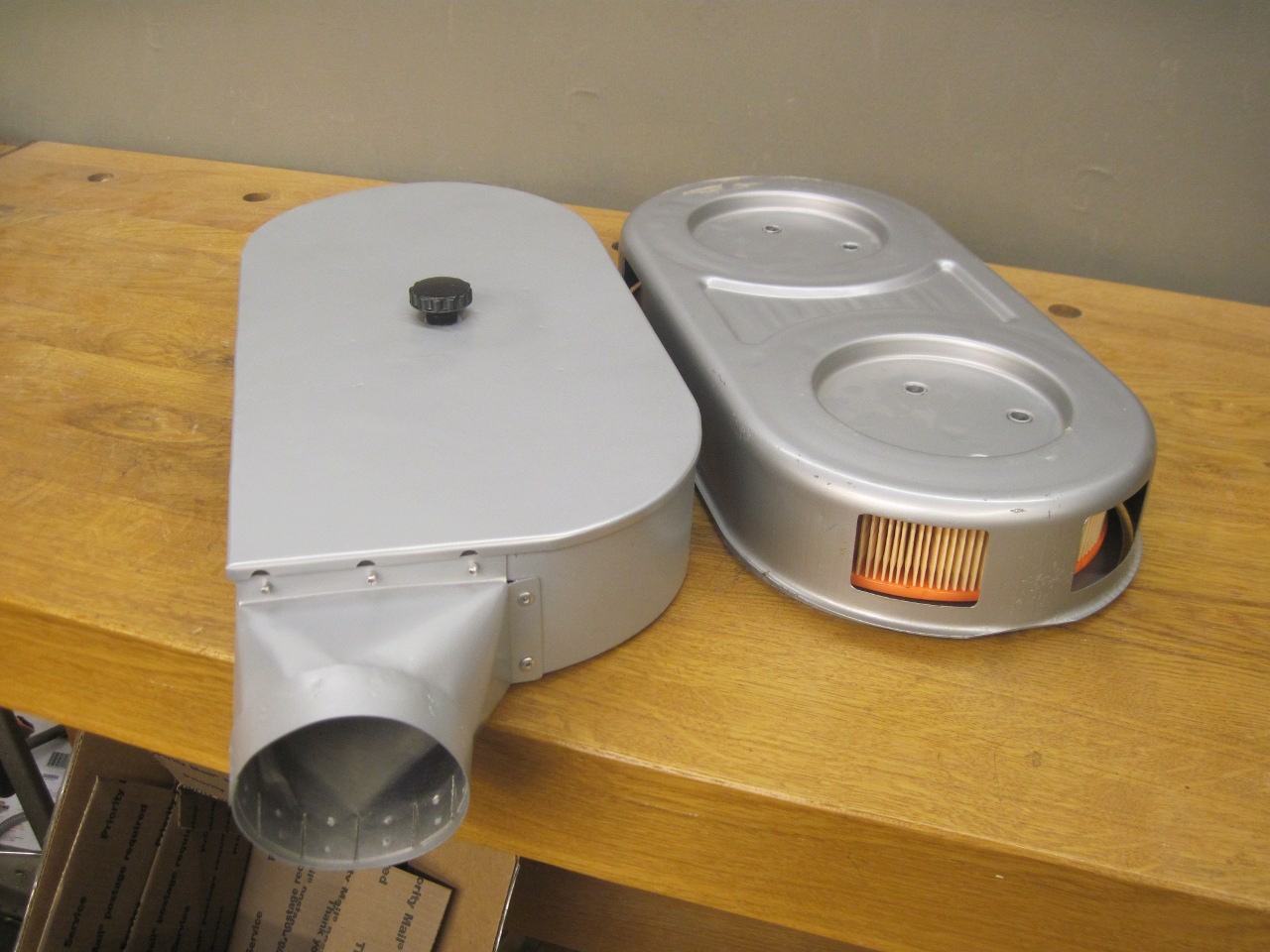
It
didn't dawn on me until this point that servicing the filters will be
really simple--just one knob, remove the cover and pull out the
filters. The Ramflo filters had a little spring clip that fit
behind the base plate and went over the chrome shell to retain it.
I can't use the clip, so I placed a couple of pieces of stiff
foam on the cover. They bear on the top of the filter domes to
make sure they can't vibrate off.
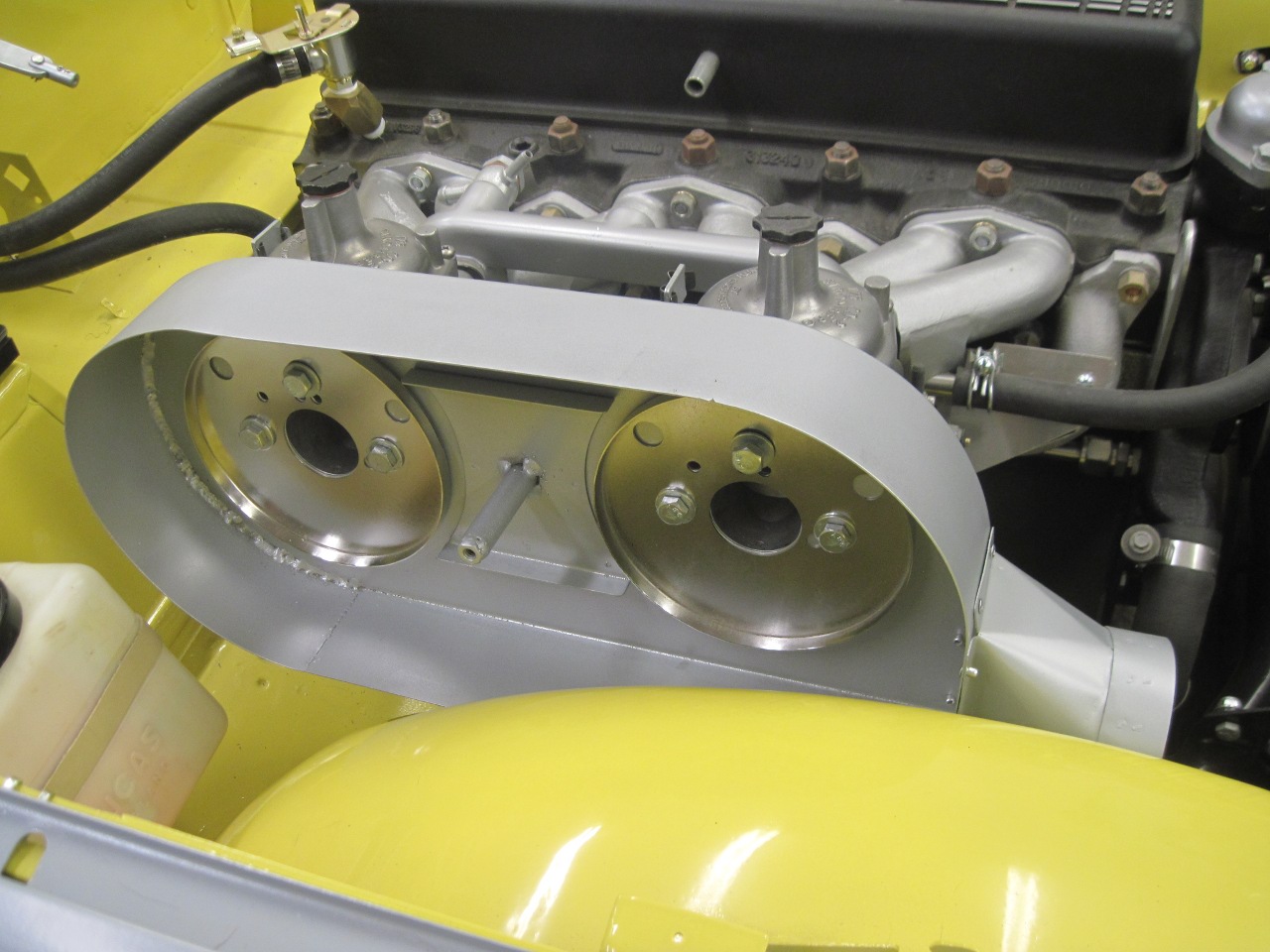
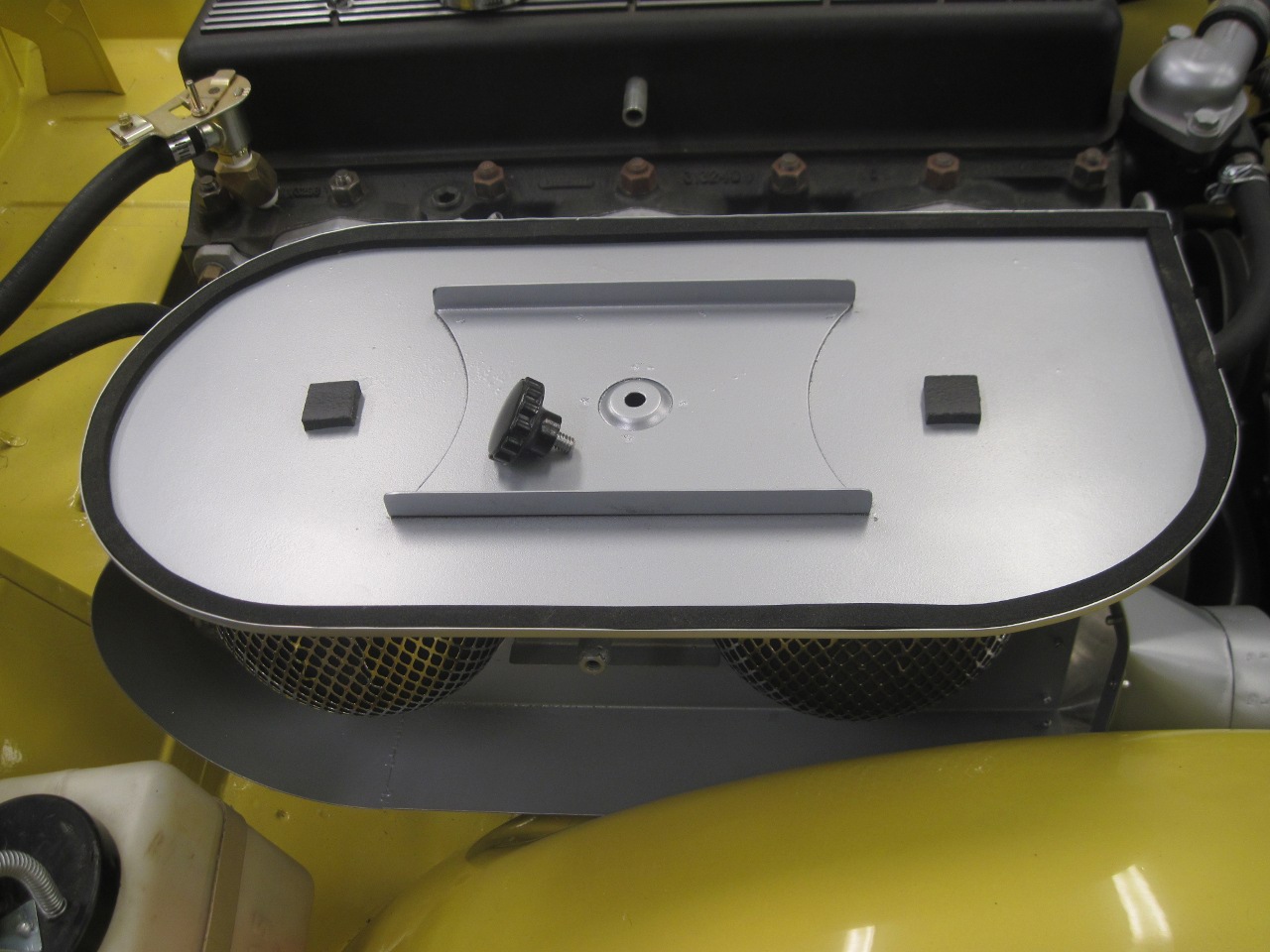
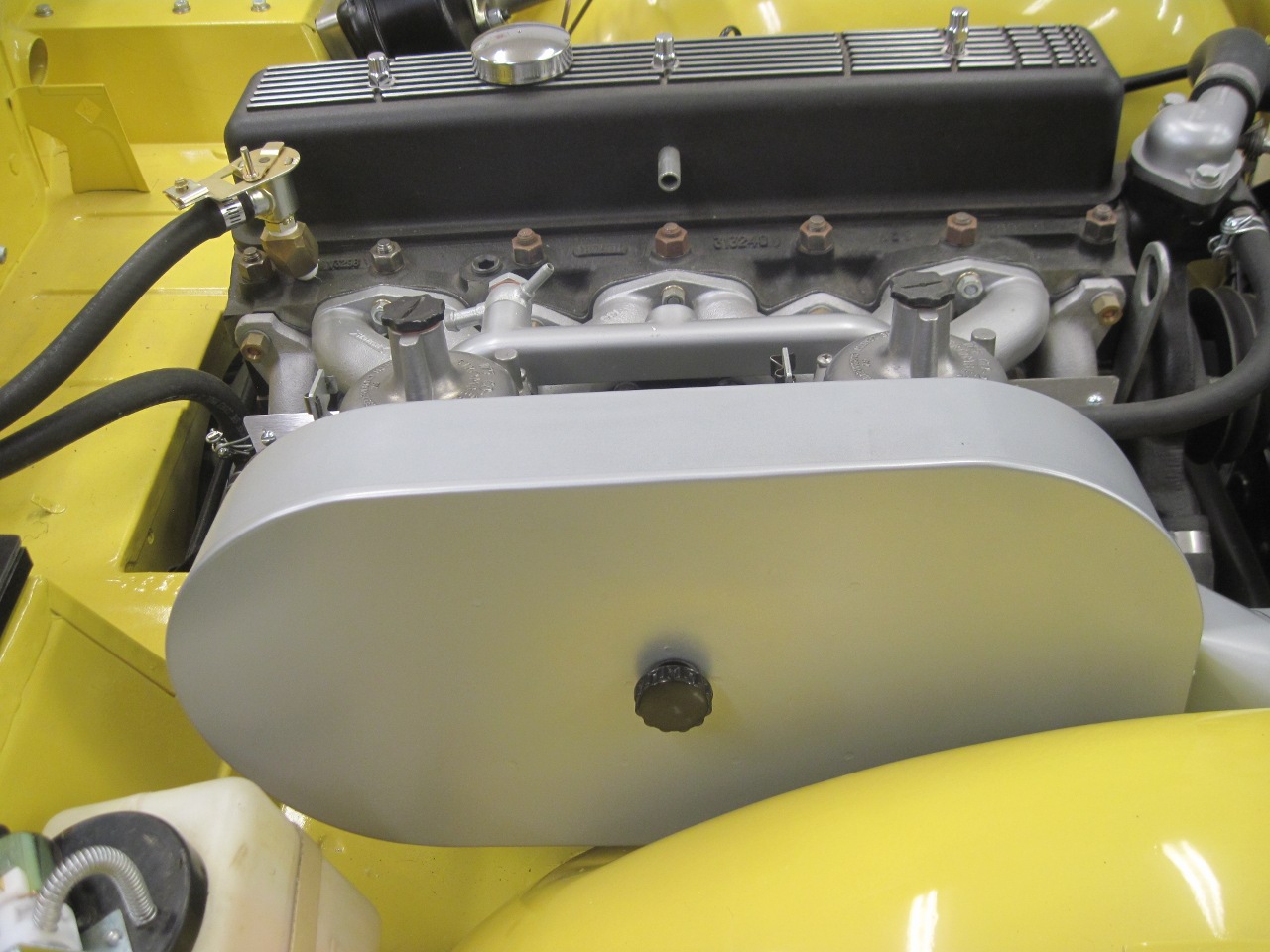
Now, just need to get from point A to point B.
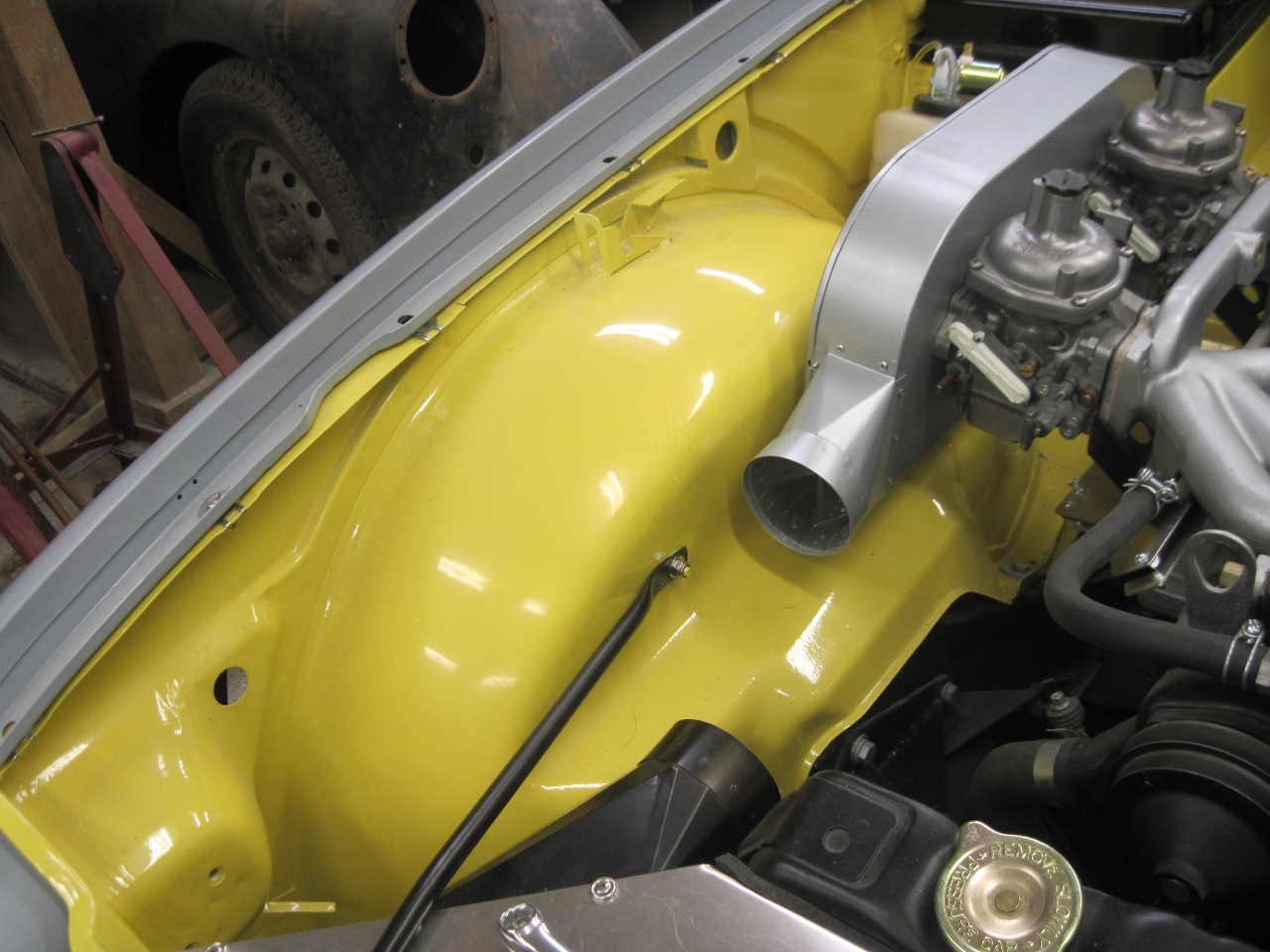
If I ever do this again, I'd like to see if it's possible to have the hose a straight shot.
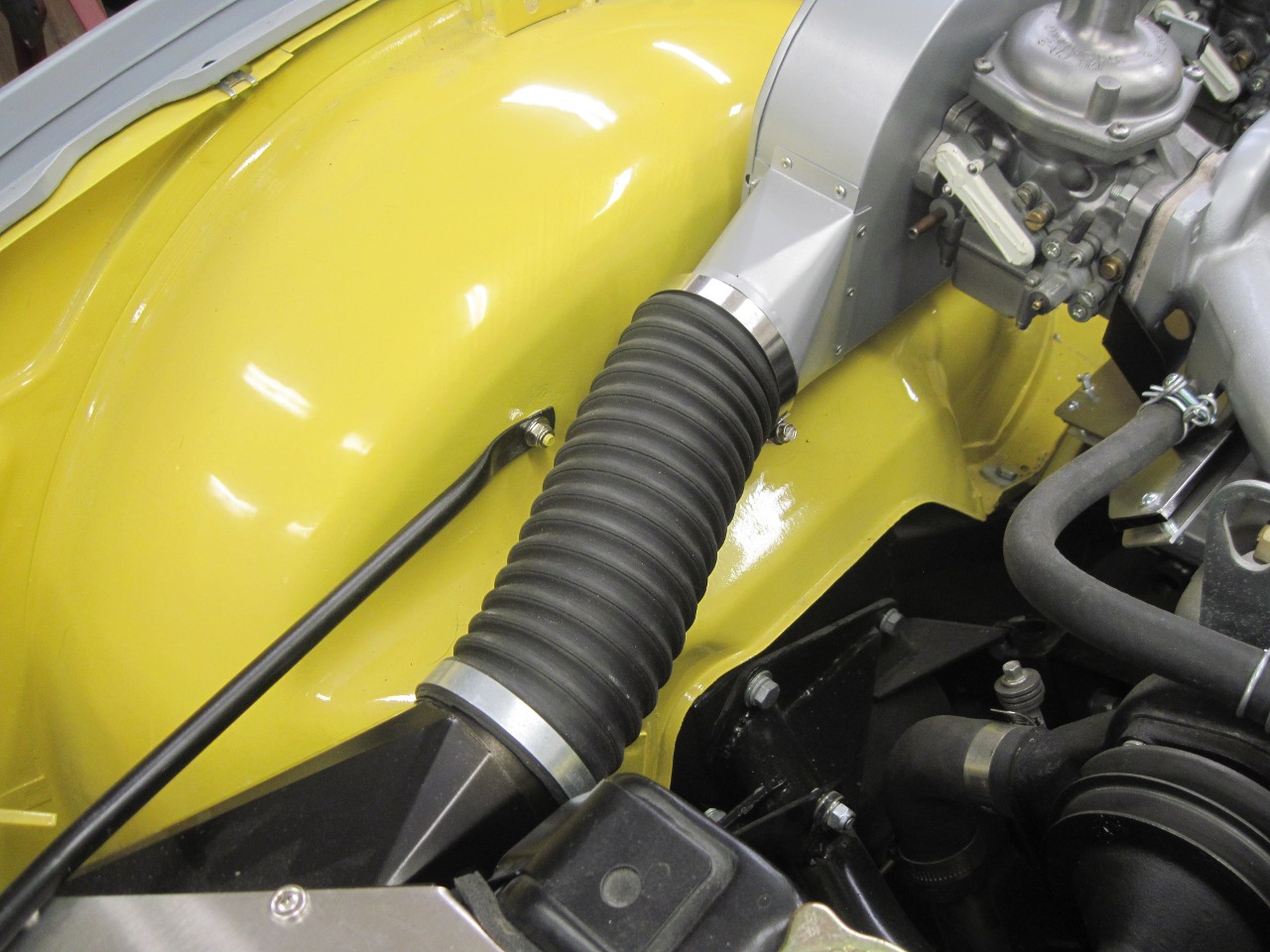
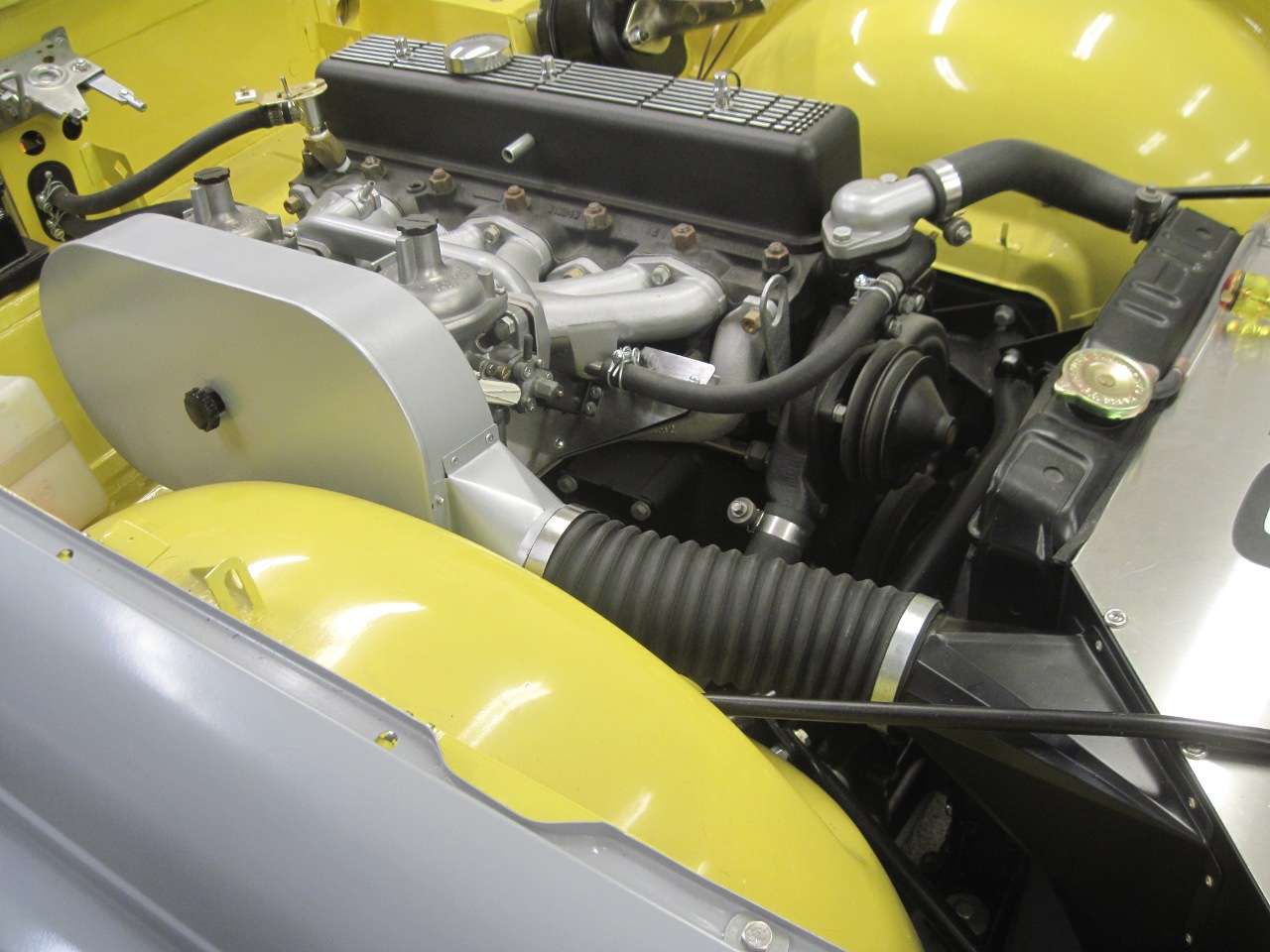
The
new air box doesn't look so very different from the stock one, and I
like that. I'm not under the illusion that the "ram air" effect
is going to make any striking difference in performance, but it looks
sort of cool.
This wasn't an expensive project. I had the
metal left over form the body work. I had to buy the hose, and
the filters were around $60.
Comments to Ed at elhollin1@yahoo.com
To my other TR6 pages